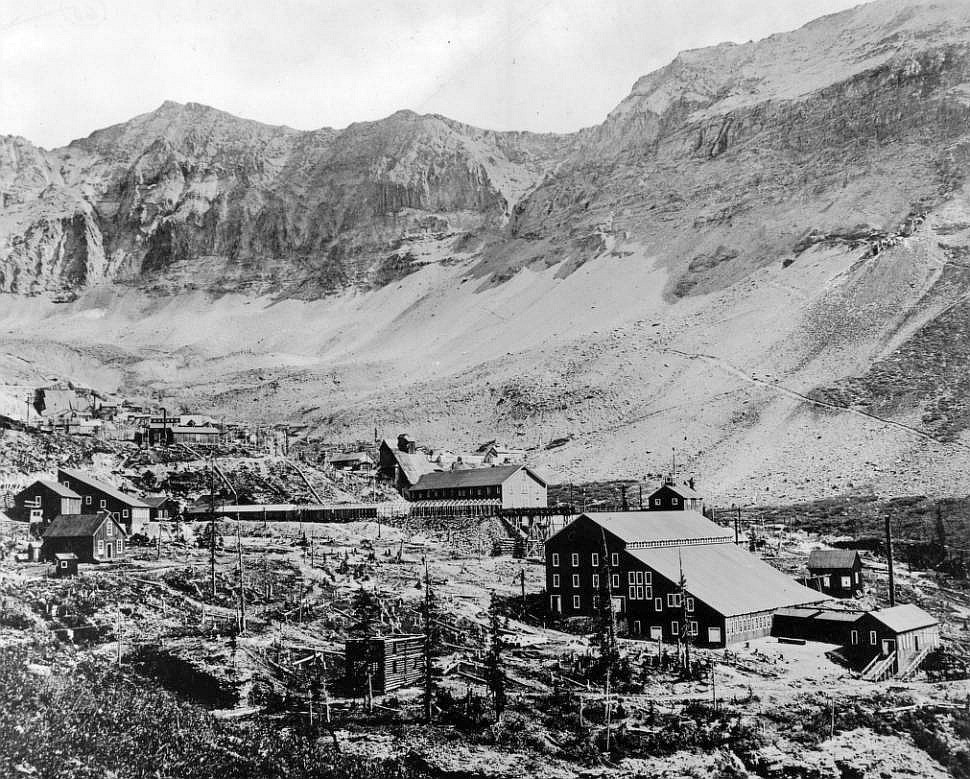
Abandoned places and history are two of my passions; so Colorado’s mining ghost towns are nearly overwhelming for me! Before arriving in Colorado, I never knew about its rich mining history, nor did I know that these unbelievable abandoned mining towns even existed.
While I was in Aspen I visited the abandoned mining town of Ashcroft. A week later, while we were exploring the Telluride Historic District, my friend Heather and I learned about the abandoned mining town of Tomboy. We were told that we could drive 5 miles up into the Mountains East of Telluride up an old mining road from the 1800’s (Tomboy Road) to reach it. Tomboy Road was completed in 1901 to connect Telluride to the Tomboy mining town. Tomboy Road eventually turns into Imogene Pass, the second highest pass in Colorado, which is rated a 4.5 out of 5 as far as difficulty and danger. On October 5th, 2017, we decided to try to drive up to Tomboy, but about a mile up the road we quickly realized that my SUV wasn’t going to have the proper tires to make the trek. A rugged off-road 4×4 with plenty of clearance & high sidewall tires is definitely required. I could have made it up, but definitely would have damaged my wheels!
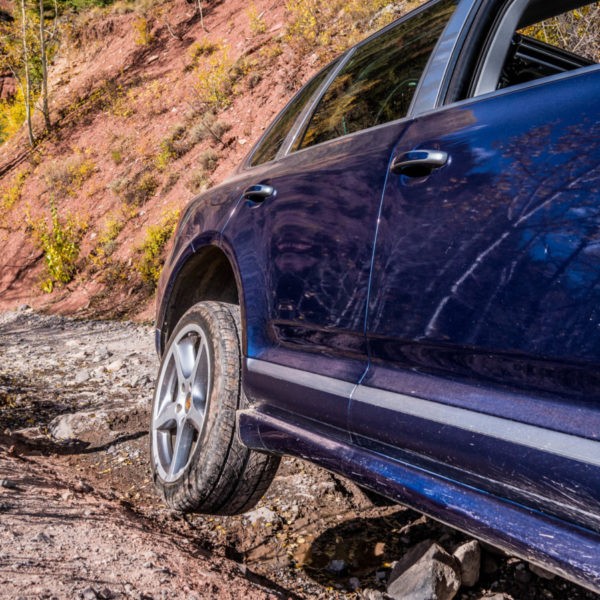
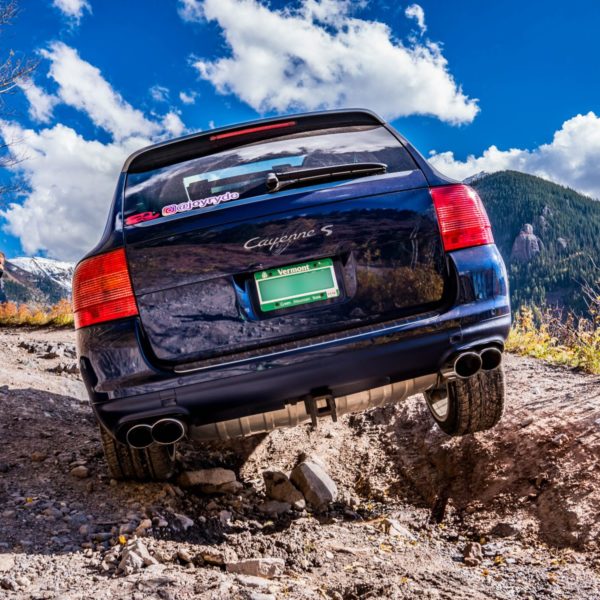
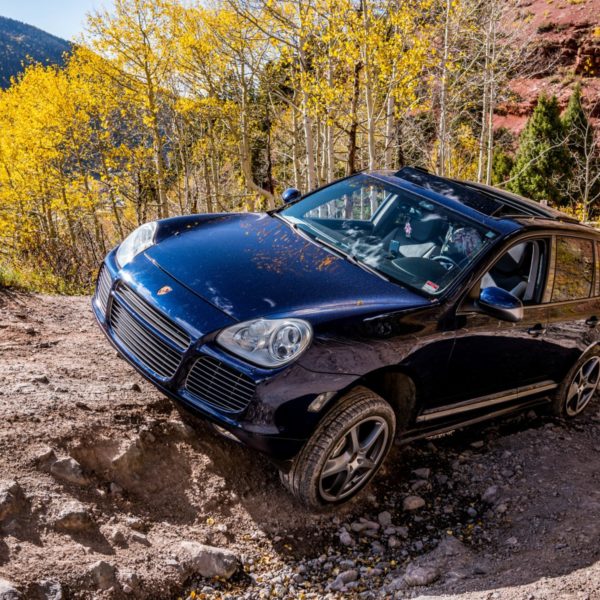
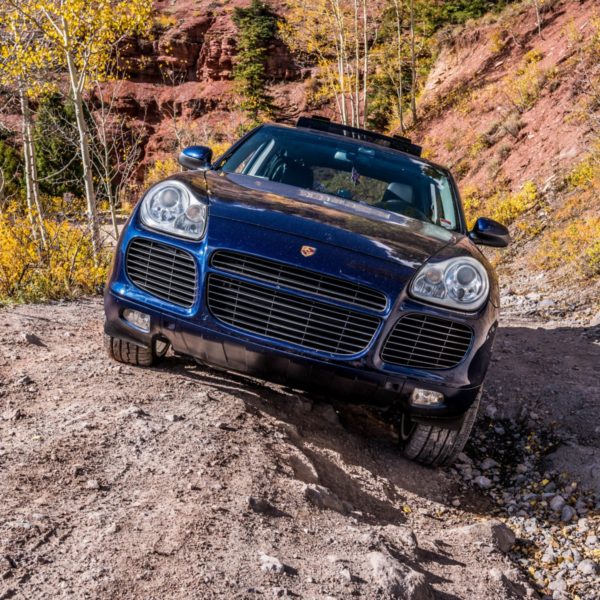
On October 7th, 2 days after attempting the drive, I decided to hike up to Tomboy rather than drive. The hike is beautiful, roughly 5 miles from Telluride up to the top, and 2,650 feet of elevation gain. Stunning views of Telluride and Bridal Veil Falls abound, and most of the hike takes you through beautiful stands of Aspen trees:
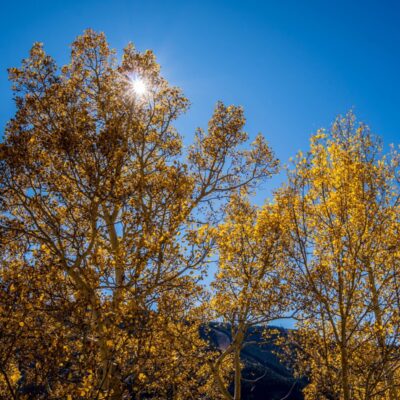
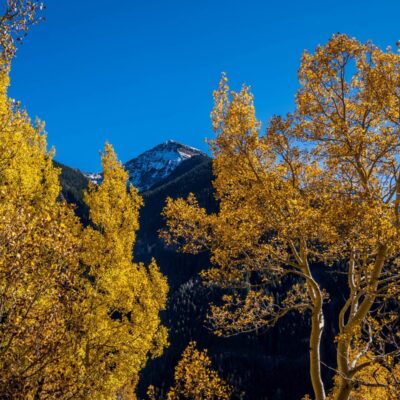
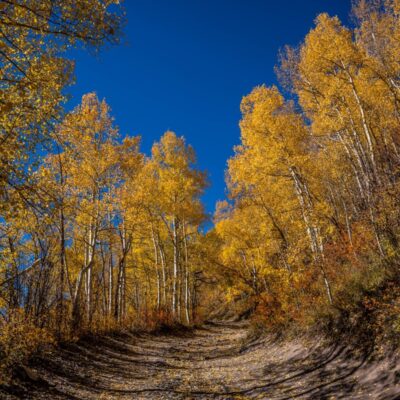
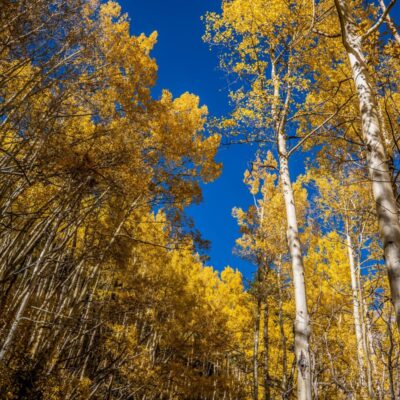
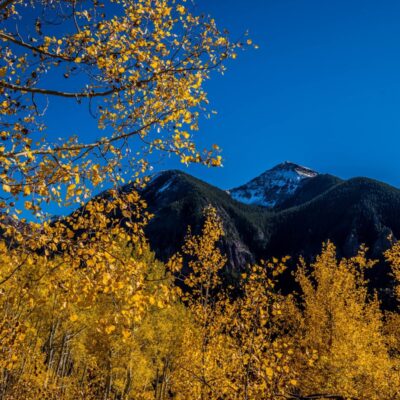
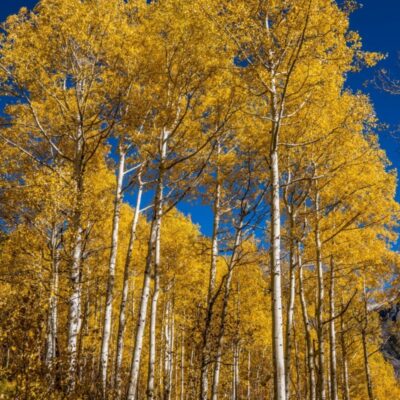
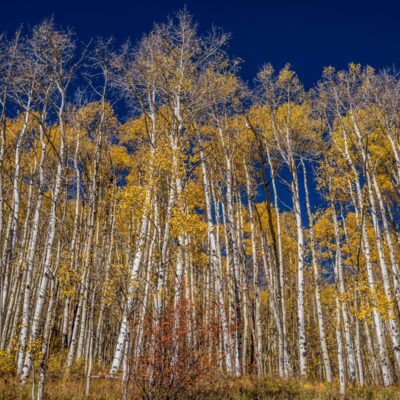
Tomboy Road gets more interesting and more beautiful the further up you progress. At first it’s just a typical mountain road, with some great views of Telluride, but once you get about 3 miles up, you start to see old mining infrastructure and old road supports; and the hike gets a lot more interesting. You can see where a lot of the road has collapsed from landslides, and where it’s been updated and repaired in modern times.
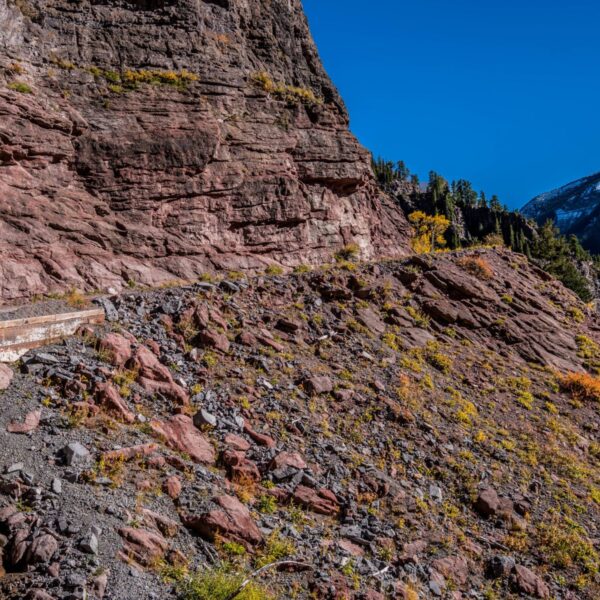
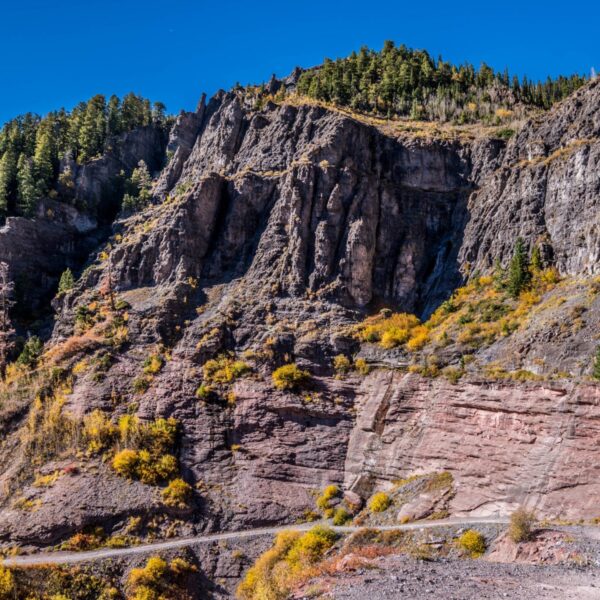
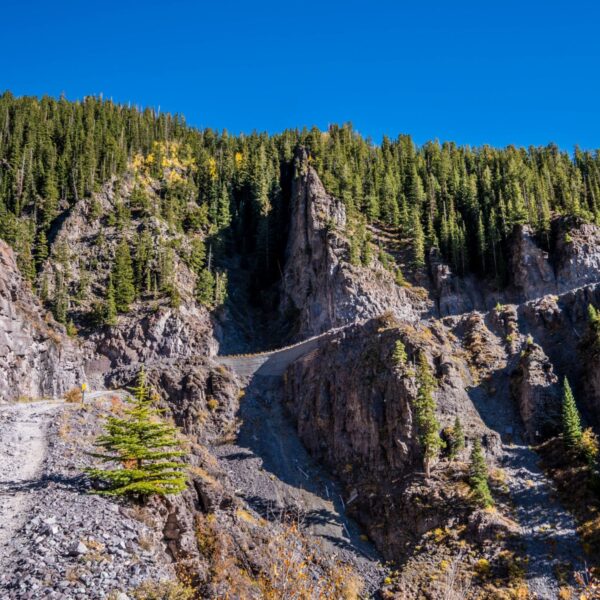
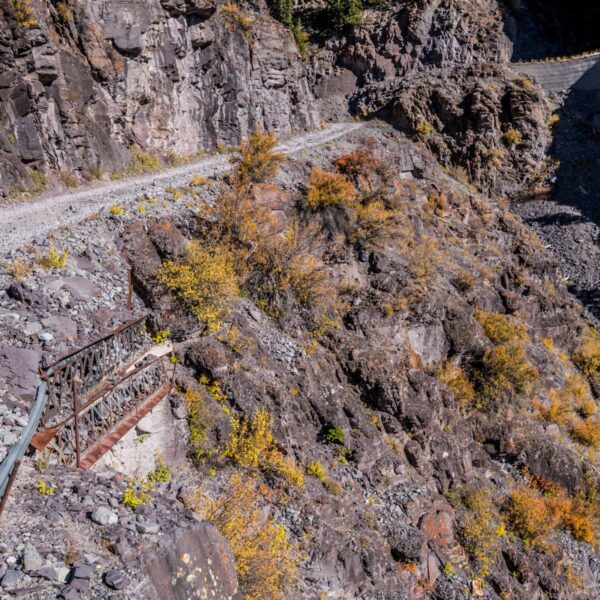
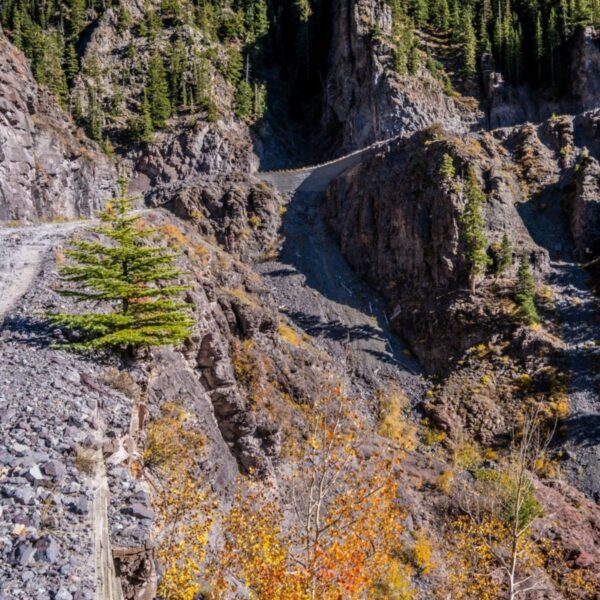
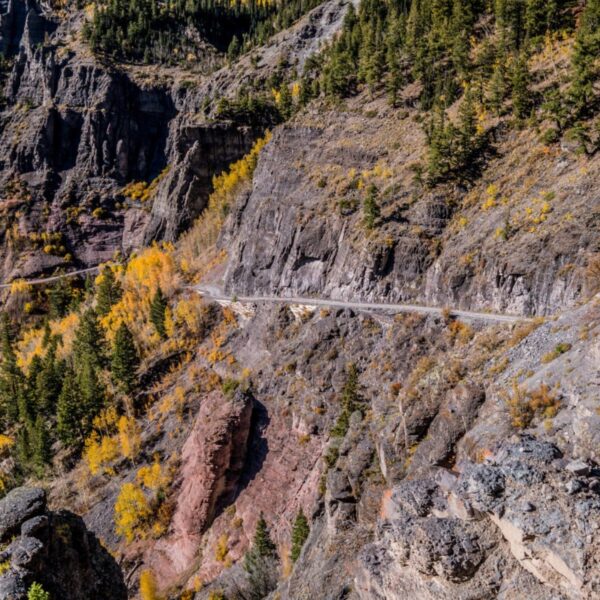
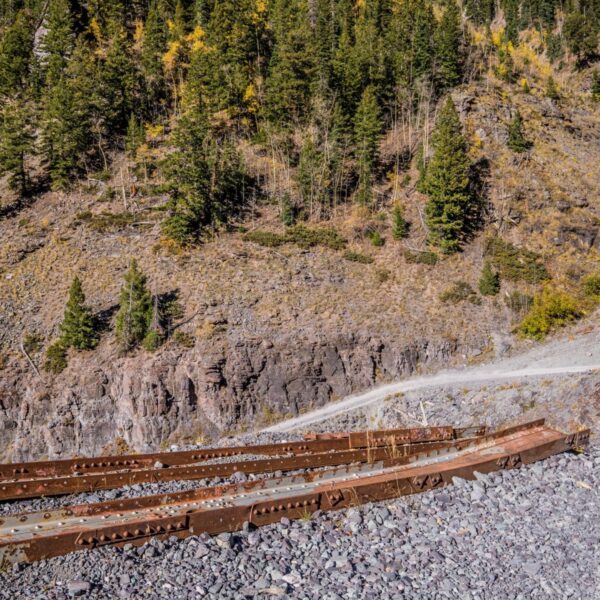
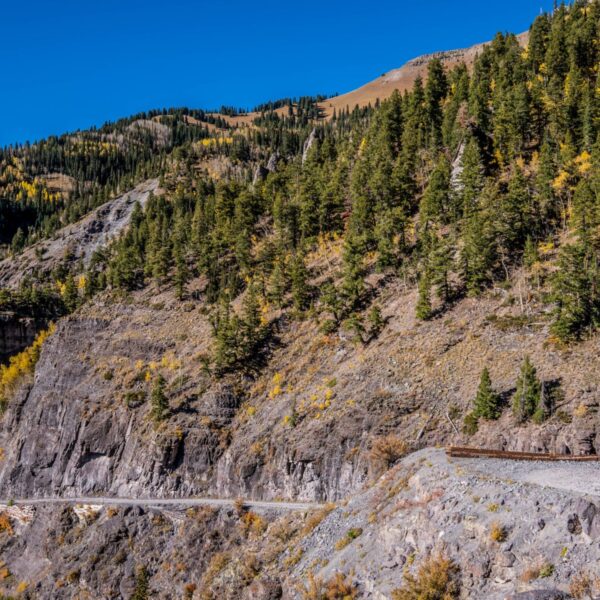
Around 2.6 miles up the road you turn a corner to find a tunnel carved into the mountain; and the road passes right through it. This tunnel was called The “Social Tunnel” as this would be the point on the road that the miners from Tomboy would meet single women from down in Telluride. In the late 1800’s and early 1900’s, single women were prohibited from entering Tomboy.
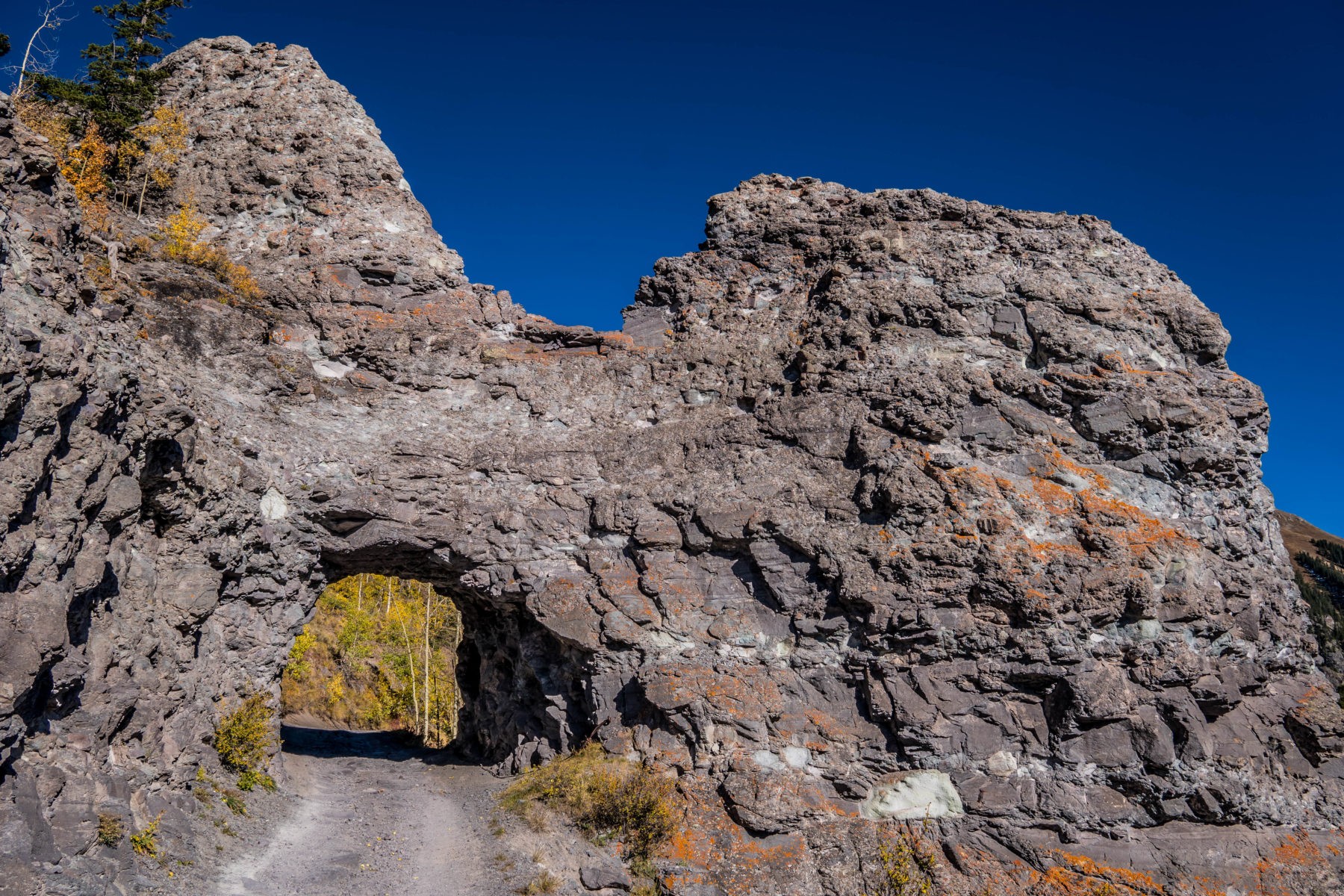
Another mile or so up from the tunnel you encounter a very small green shack on the right side of the road, and a yellow one on the left. The green cabin was the home of “Whispering” Jim; the last independent miner in Tomboy, who died in 1998. The yellow shed, built into the hillside, stored a compressor that ran Jim’s rock drills, which is still there to this day. Jim Dalpez was known for telling stories in high volume, earning himself the nickname “Whispering Jim.” Most of his stories centered around his life’s work, the Shamrock Mine. The Shamrock wasn’t a very large mine by any means: his entire operation was these two small buildings, a pickup truck, an ore cart, and a door-sized portal into the mountain.
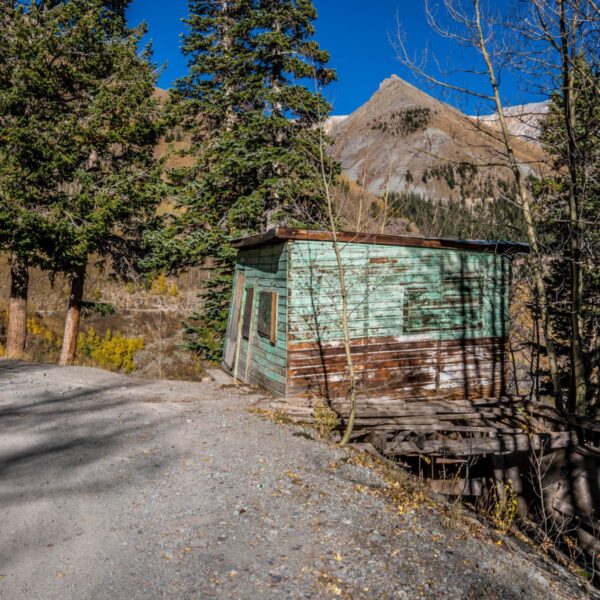
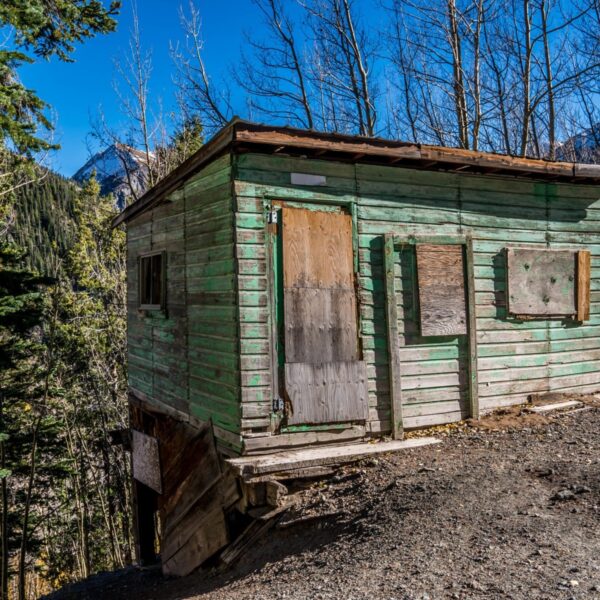
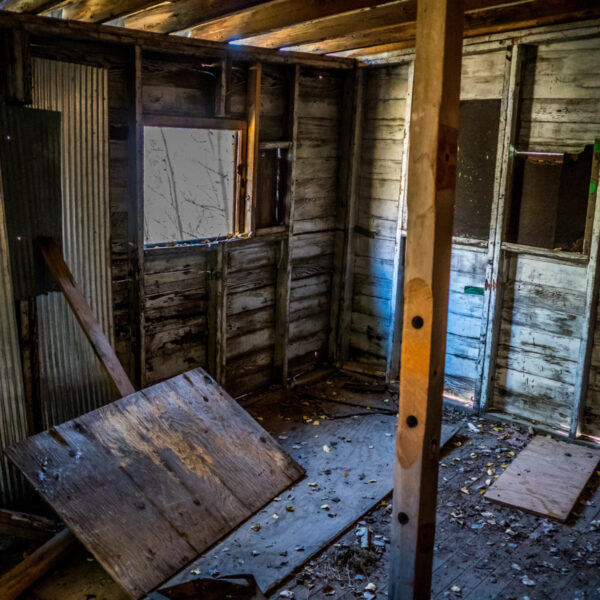
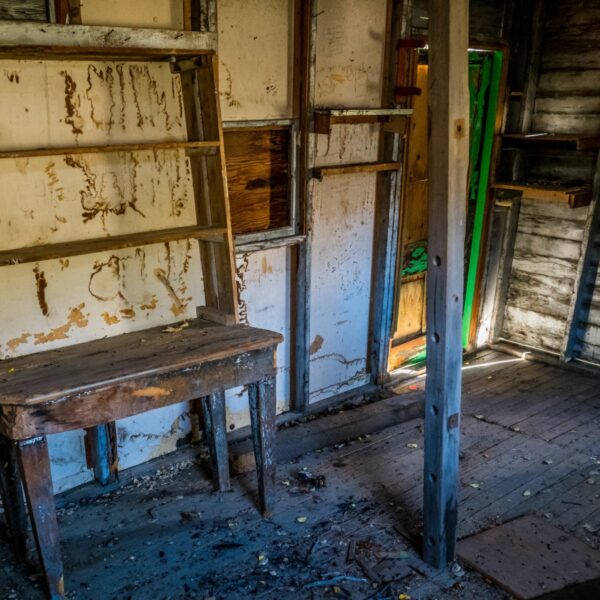
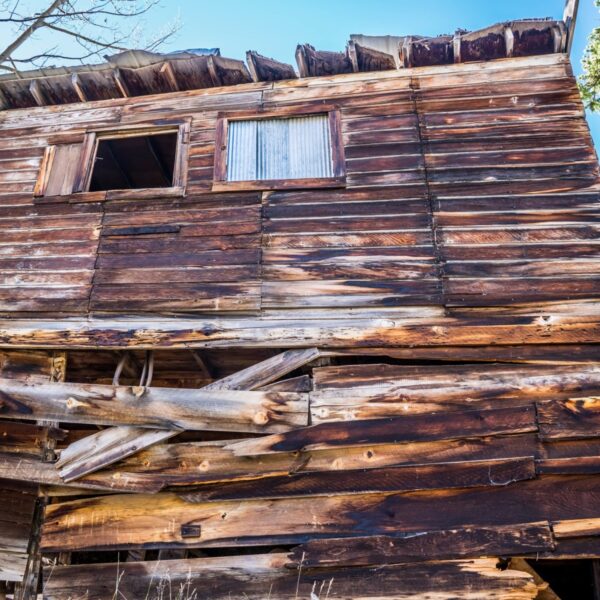
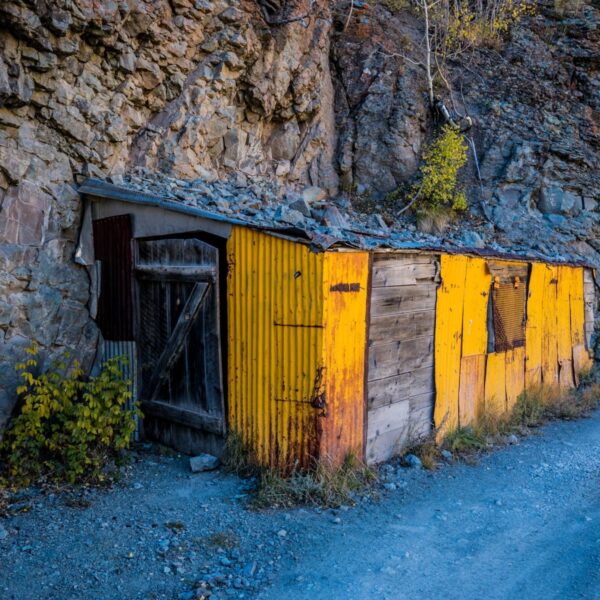
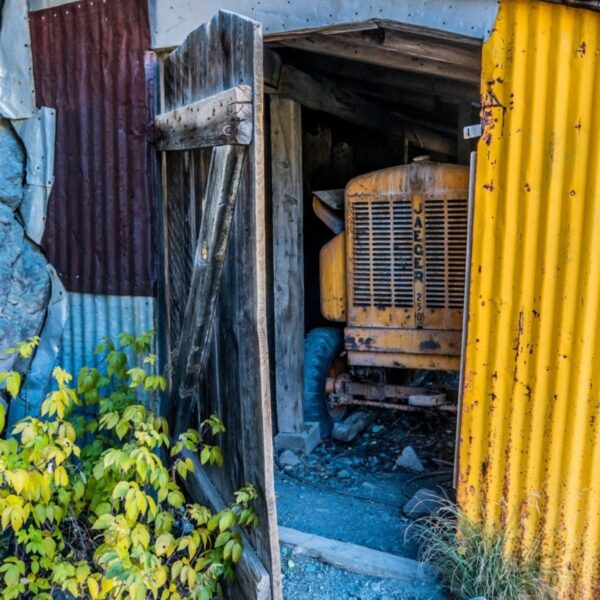
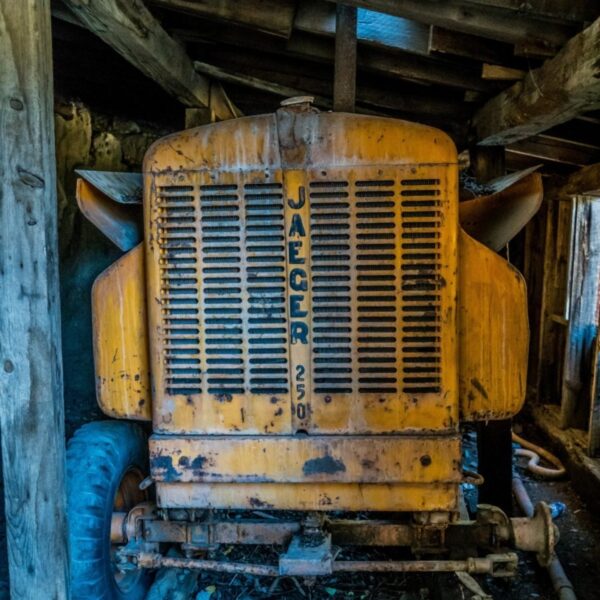
Further up Tomboy Road, past Whispering Jim’s cabin, you can look up the road and see directly into Savage Basin where the Tomboy Mine was located.

Tomboy mine was established in 1880 at an elevation of 11,500 feet in a glacial cirque known as Savage Basin. The Tomboy Mine operation was pretty massive, it had a peak population of 900-2000 people, but it closed in 1927 when the gold and silver ran out. In its 47 years of operation it produced millions of dollars of gold, silver, copper, lead and zinc.
The first structures you encounter as you make your way up to Savage Basin are the remains of the Tomboy Smuggler-Union Mine Complex at the Bullion Tunnel on the north side of the Telluride Valley. Gold and silver were first discovered on the Smuggler vein in 1875. The Smuggler became one of the biggest mines in the area with some 20 miles of tunnels. Below is how it looked originally, and how it looks today.
Tomboy sits at an elevation of 11,509 ft (3,508 m), making it one of the highest ghost towns in North America. The settlement was originally named Savage Basin Camp, named after Savage Basin where it was located, but the Tomboy Mine was located nearby and began producing gold in 1894, so eventually the settlement became known at Tomboy.
Tomboy had a general store, a school, stables, and many cabins for the miners. Tomboy also had a YMCA and tennis courts, which was remarkably unusual for a mining town in the 1800’s, especially one as remote as this. A stagecoach carrying passengers and mail would pass through daily. The mine operated until 1928, though work in the mine tunnel continued until 1978.
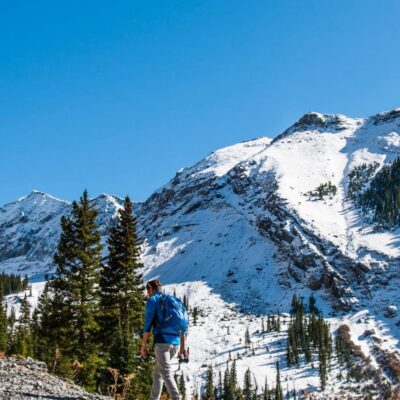
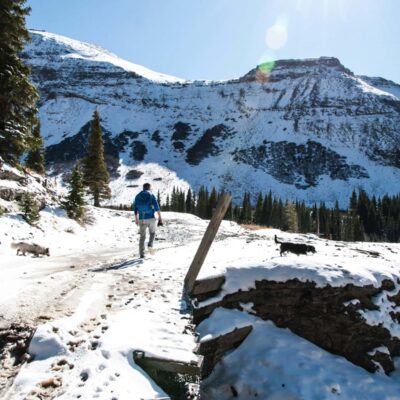
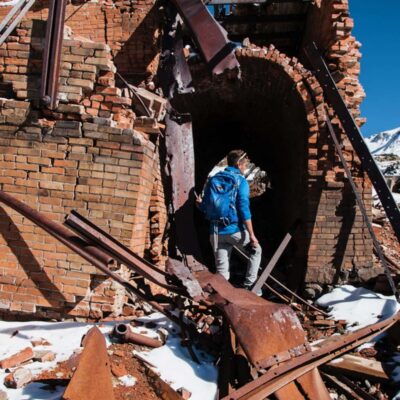
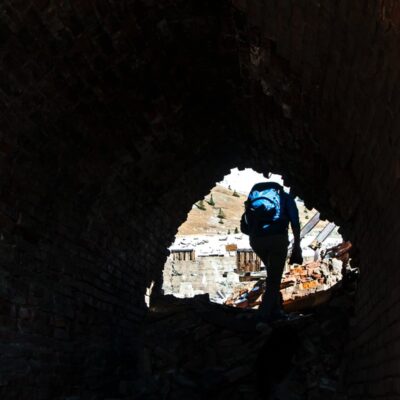
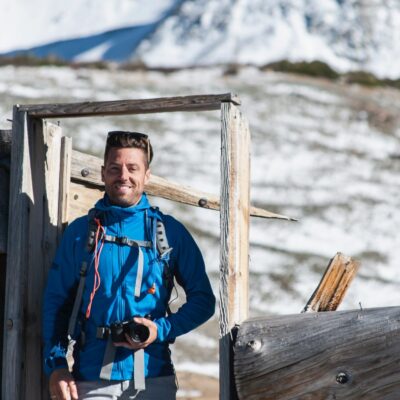

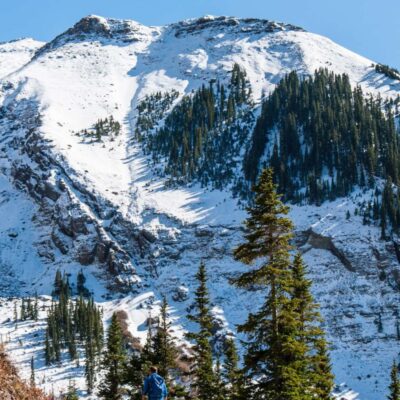
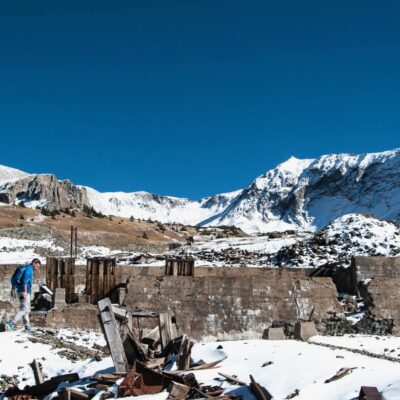
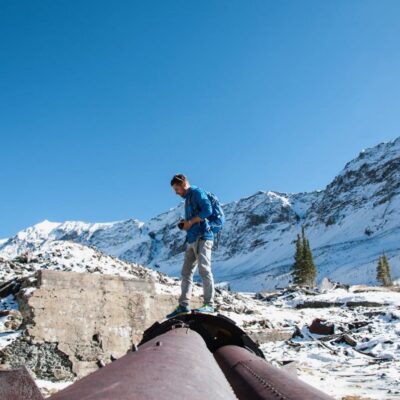
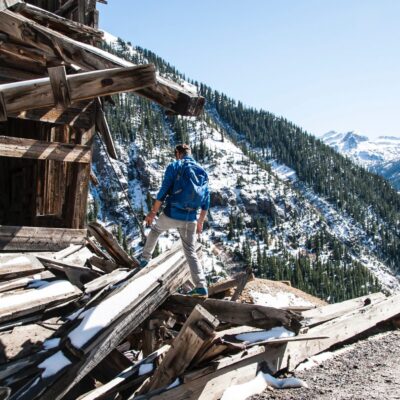
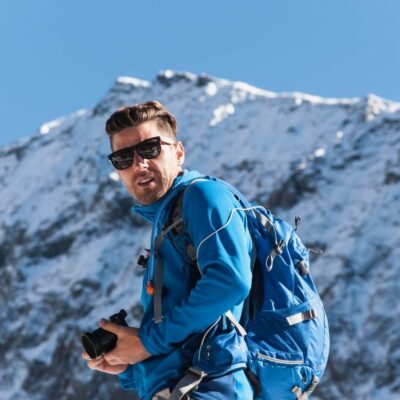
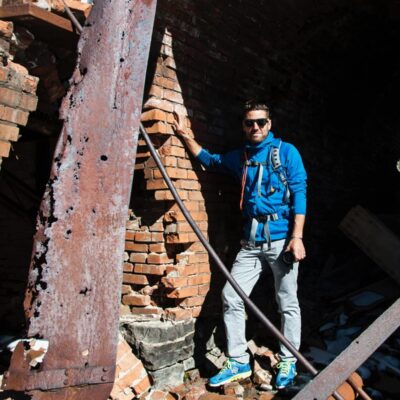
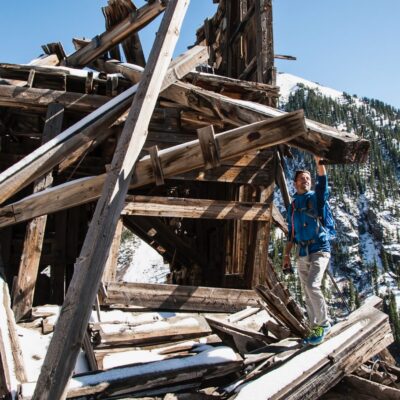
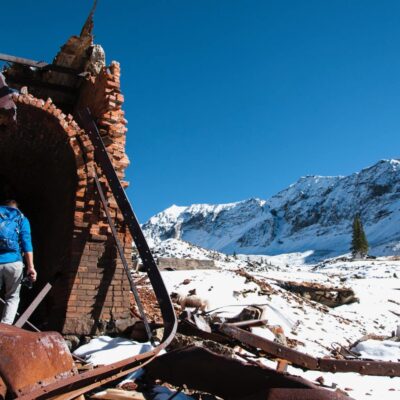
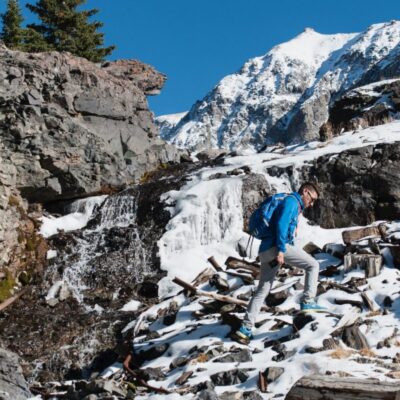
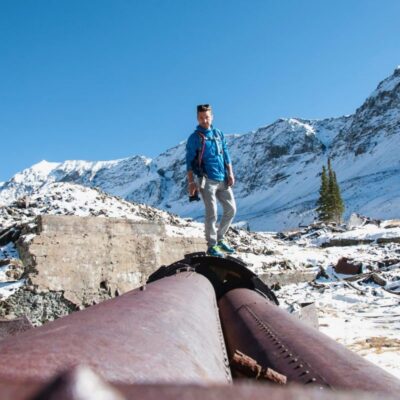
In the end, I spent 2 full days exploring the Tomboy Mine ghost town, and probably saw 10% of it. I could easily spend a month straight up there and still not feel as though I’d seen it all.
Below are all of my photos from my 2 days of exploring the ghost town of Tomboy. You can click on the first photo to start the full screen slide show:
There are some remarkable books and stories about life in this rugged town. One of which is the memoir of Harriet Fish Backus “Tomboy Bride: A Woman’s Personal Account of Life in Mining Camps of the West”. Her book provides amazing insight into what life was like in the harsh environment of a mining town at 12,000 feet.
PBS in Colorado also produced a fantastic video about the Colorado mining towns of the 1800’s, including Tomboy. I highly recommend watching it for some amazing insight into life in these remote mining towns.
Here’s a map of the hike, starting in Telluride and finishing 5 miles up at the ghost town of Tomboy.
I was pretty psyched to hear a coyote in Savage Basin, within yards of us…I tried to find him but he ran off before I could:



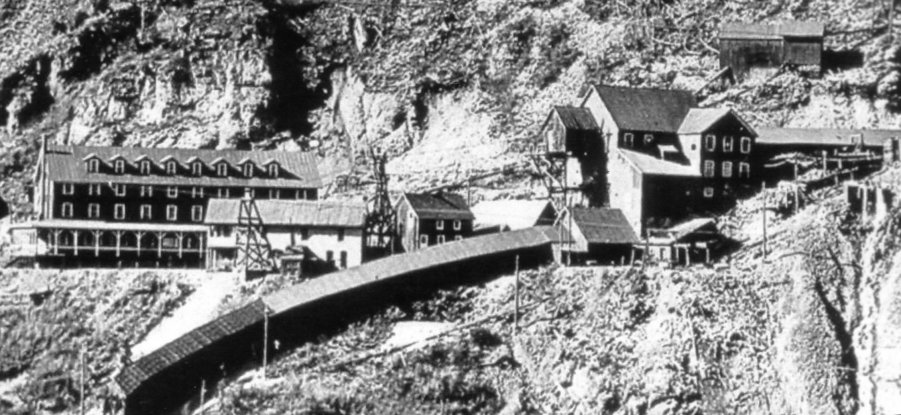
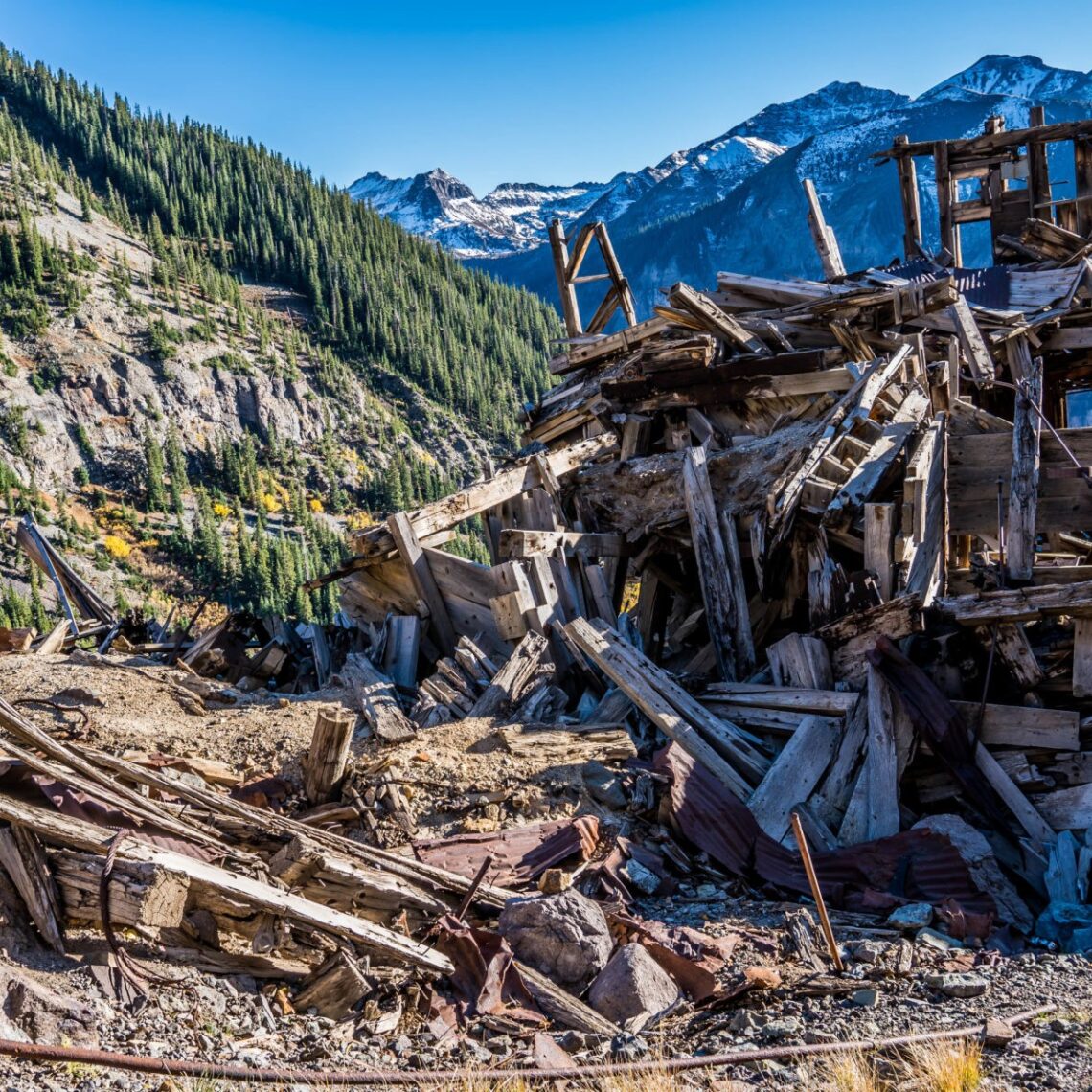
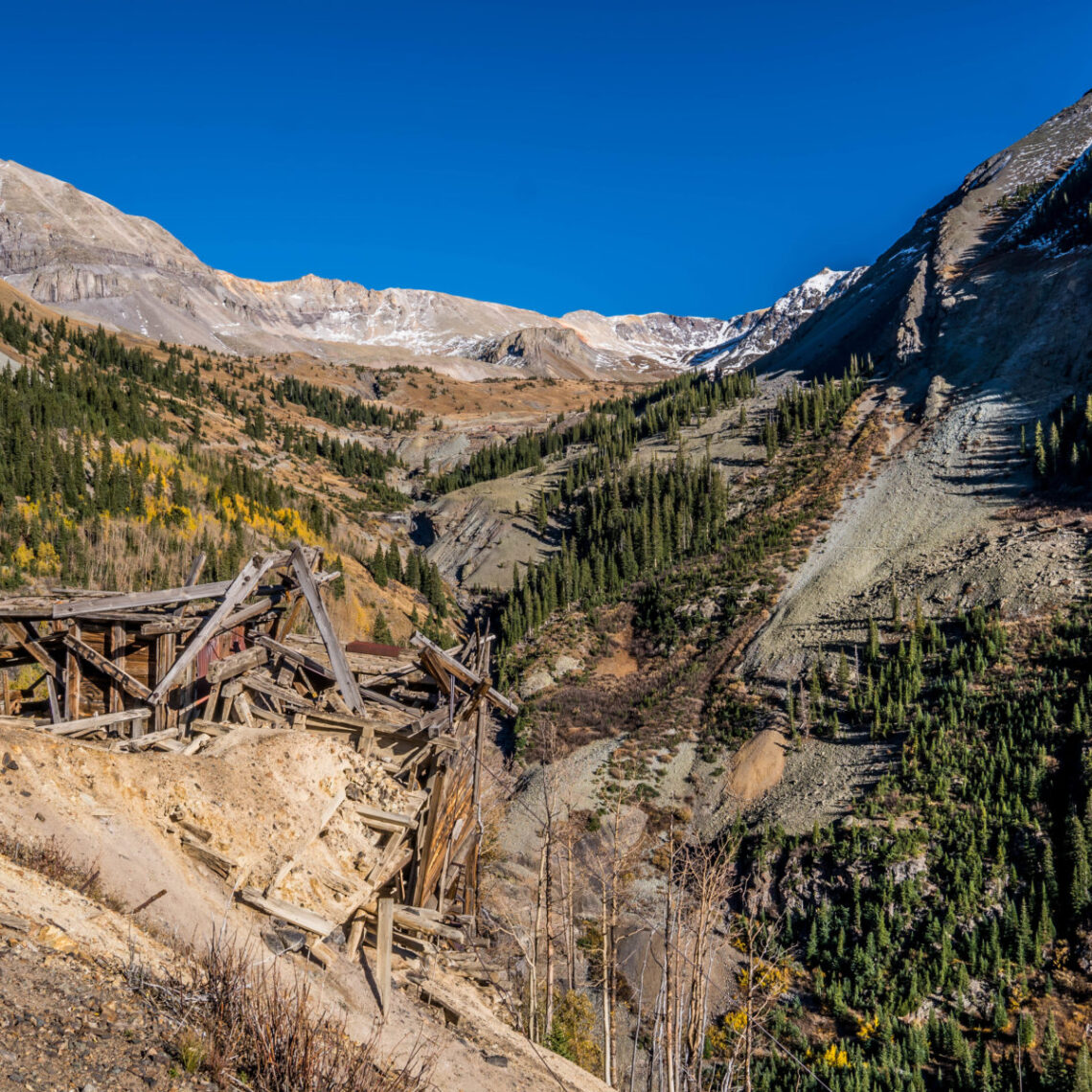
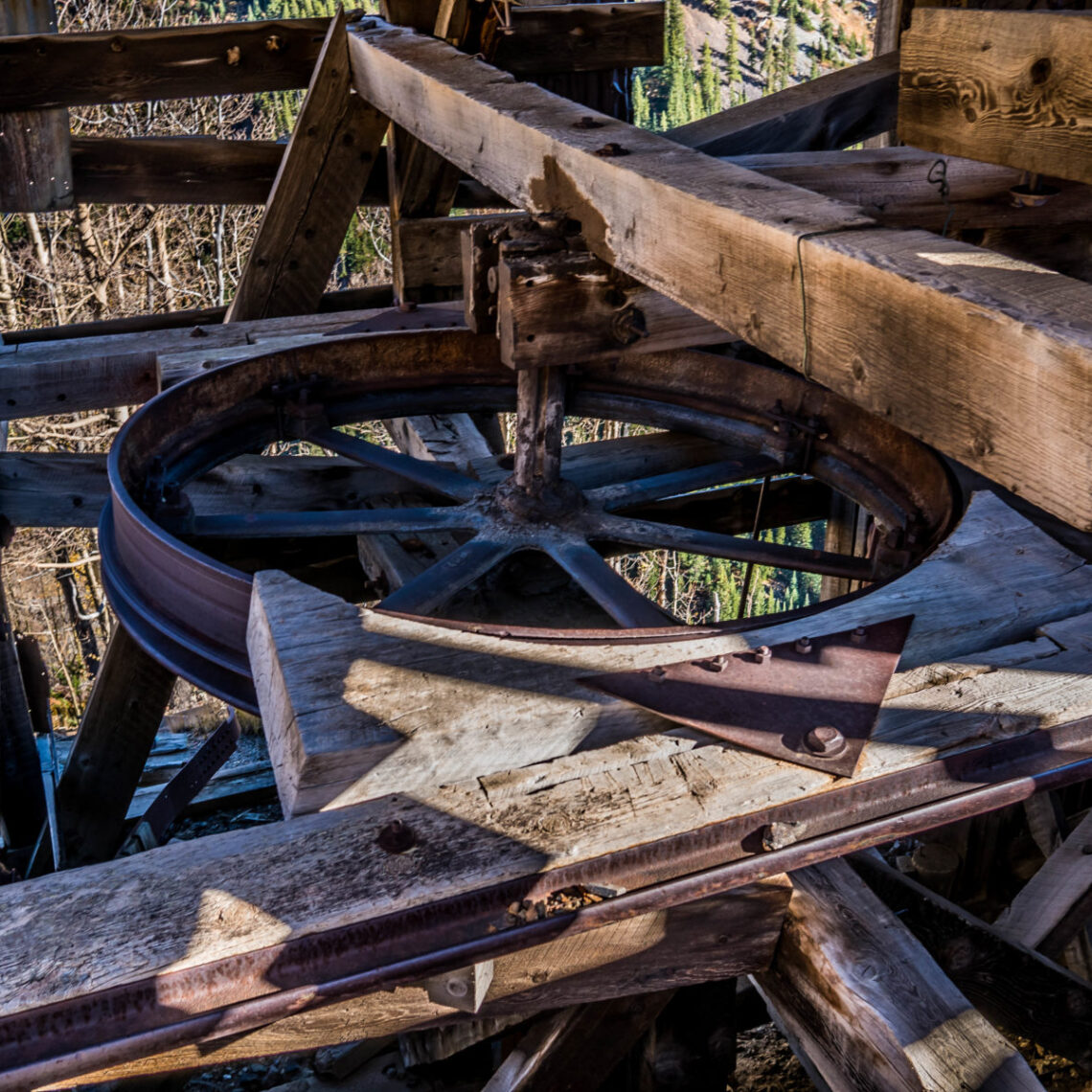
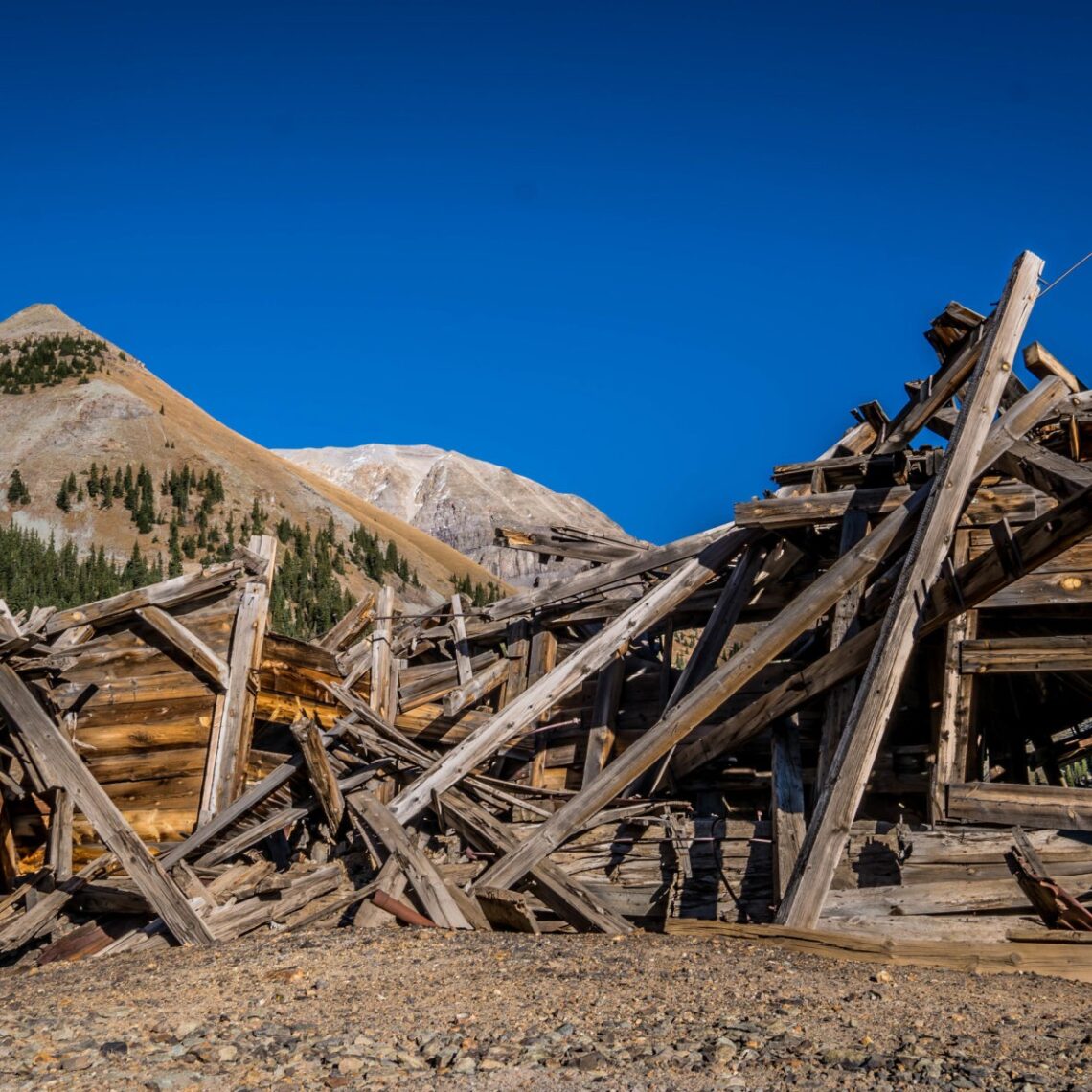
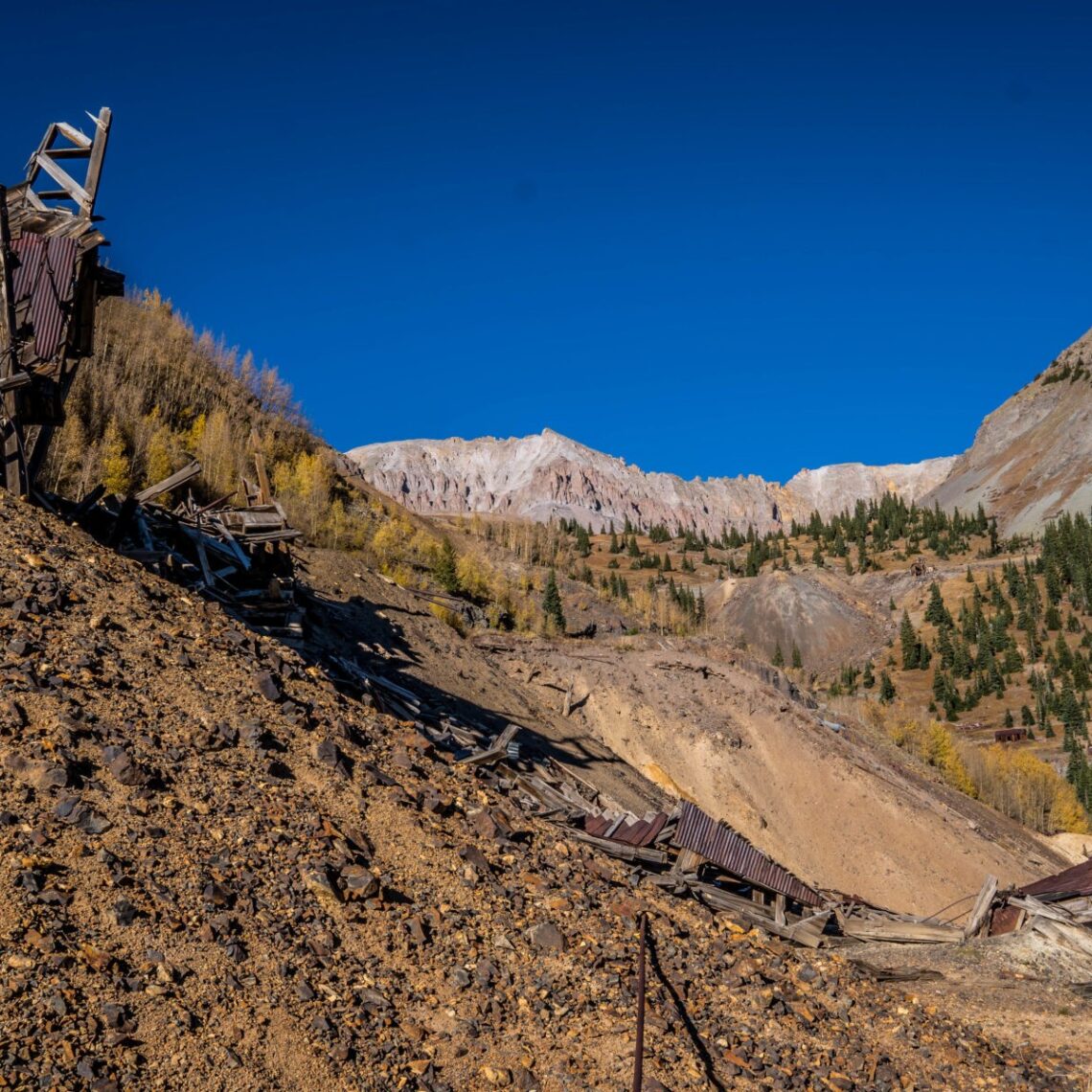
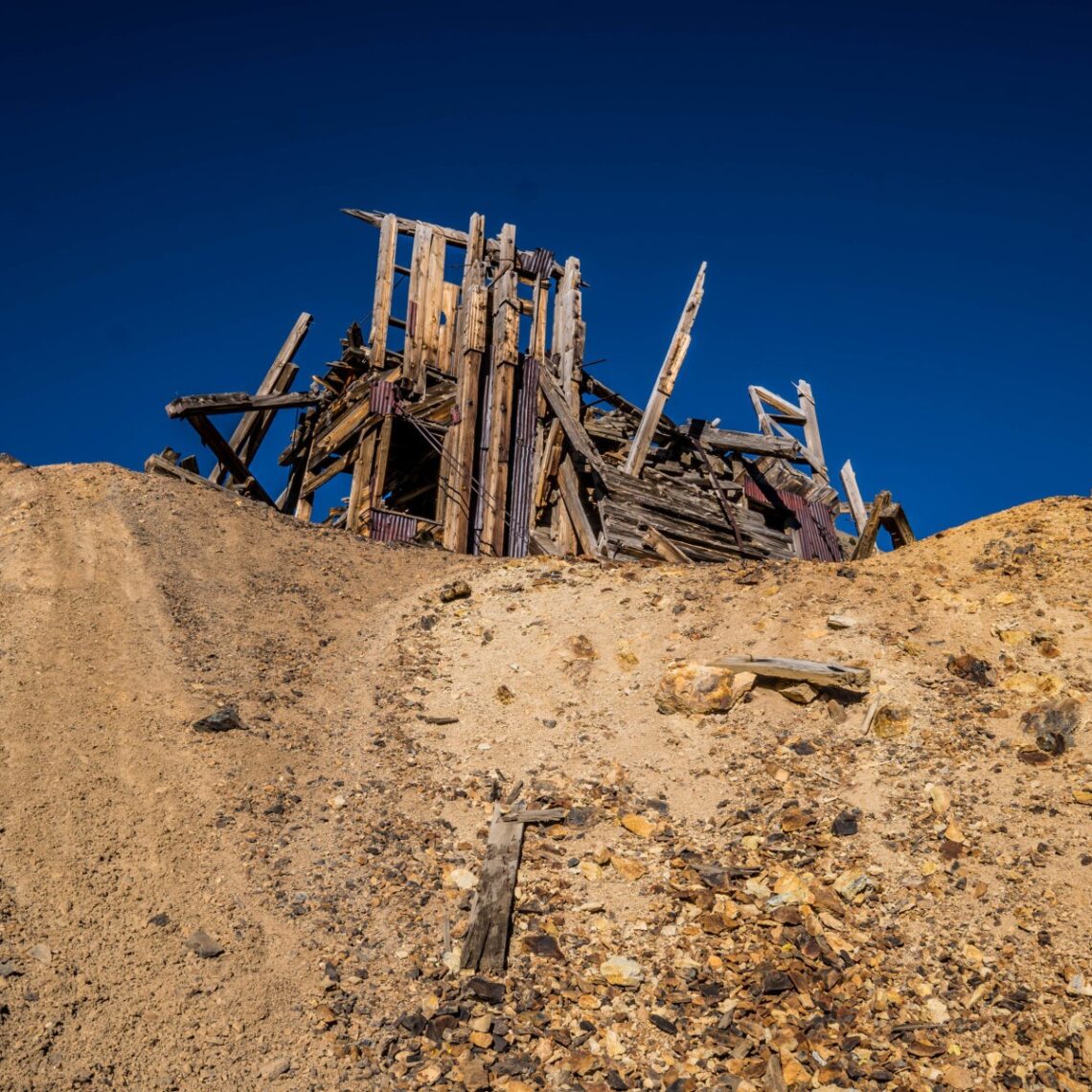
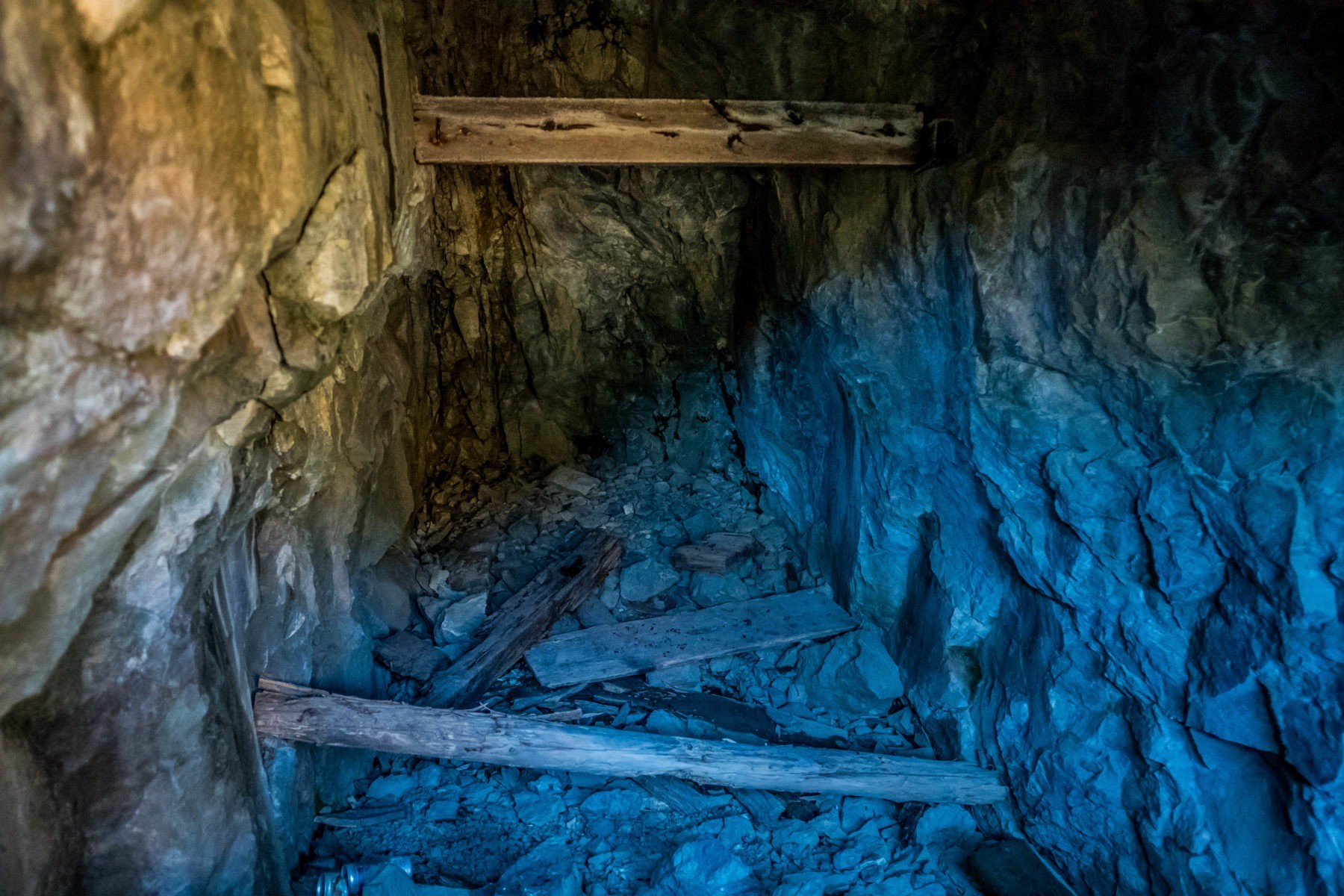
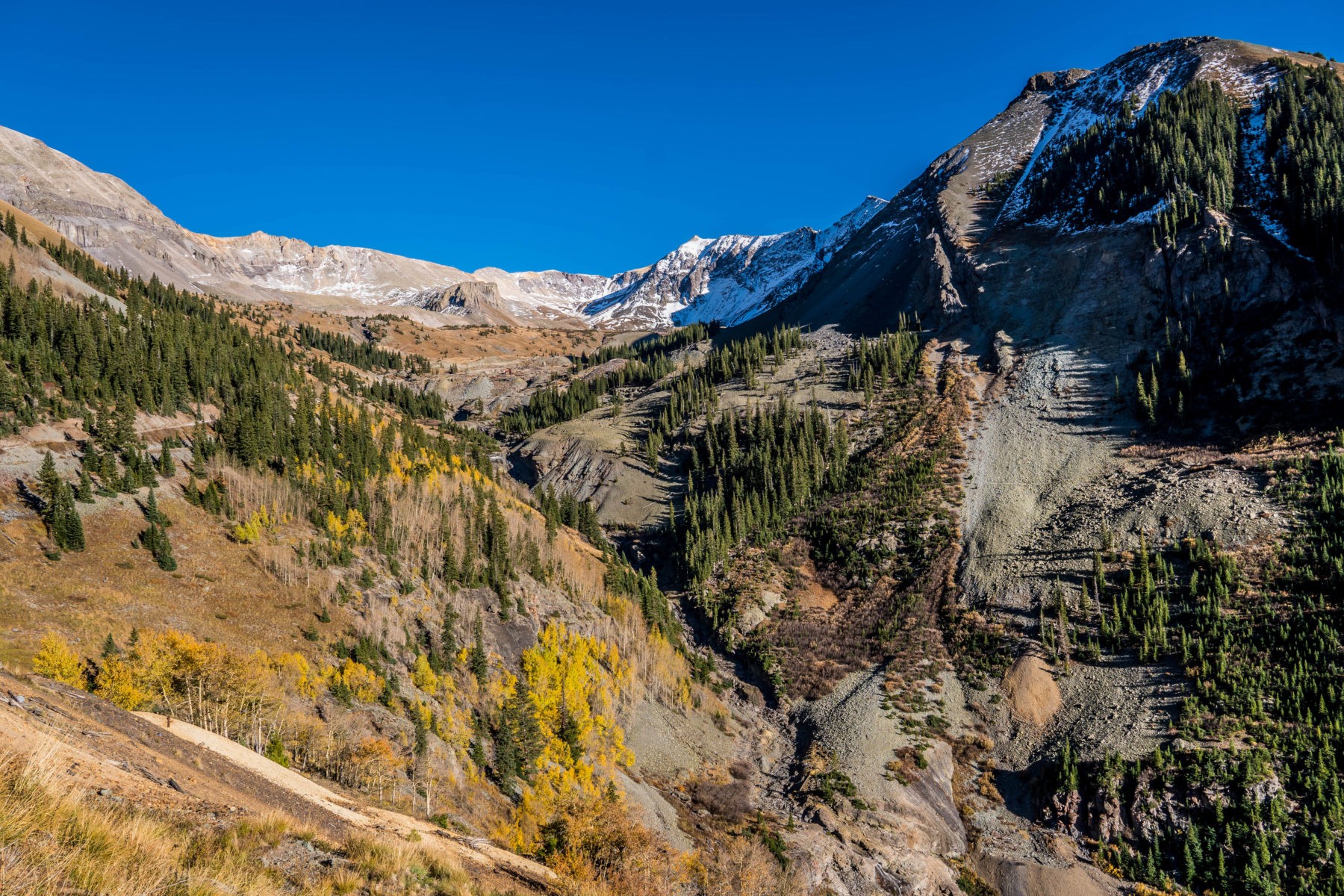
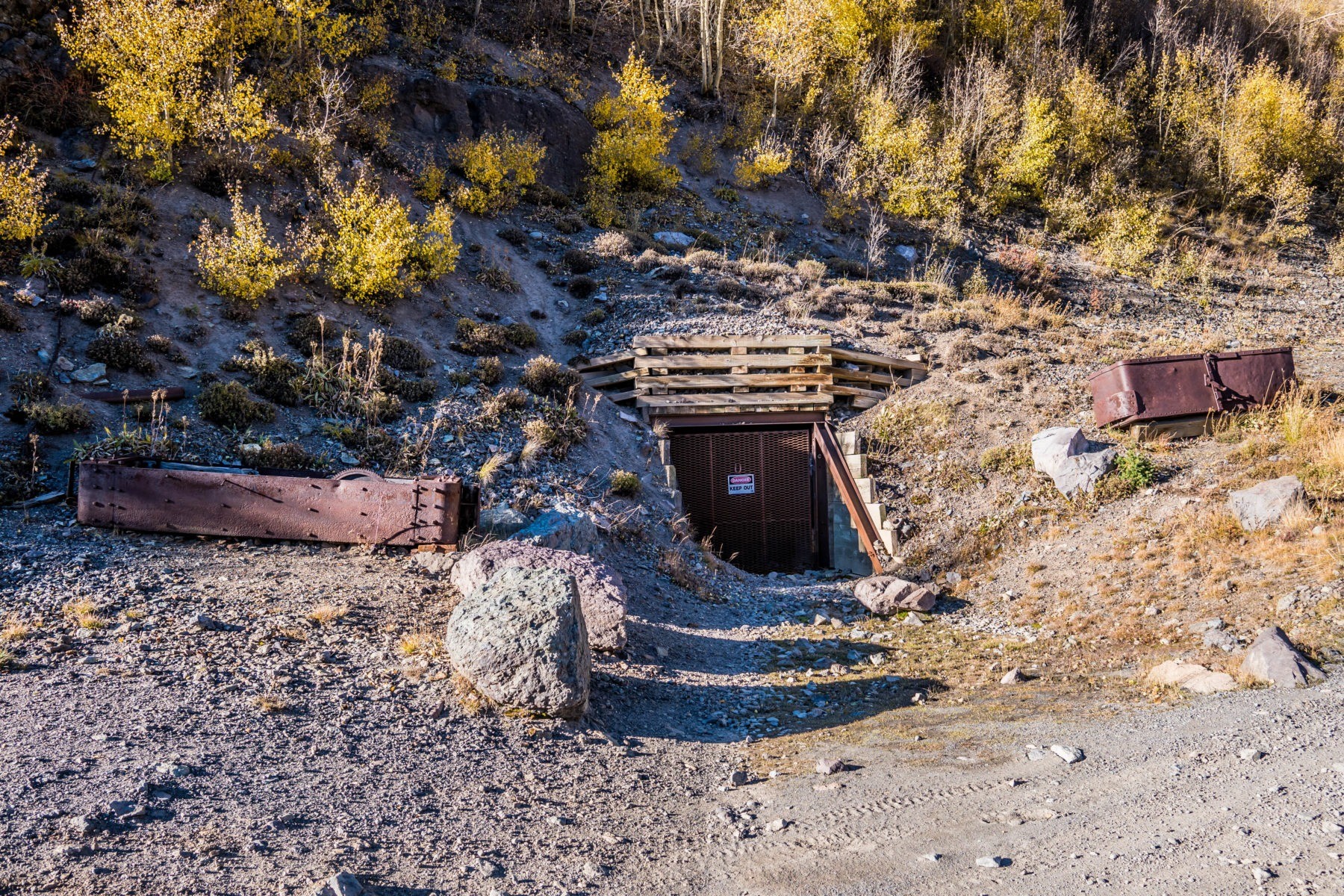
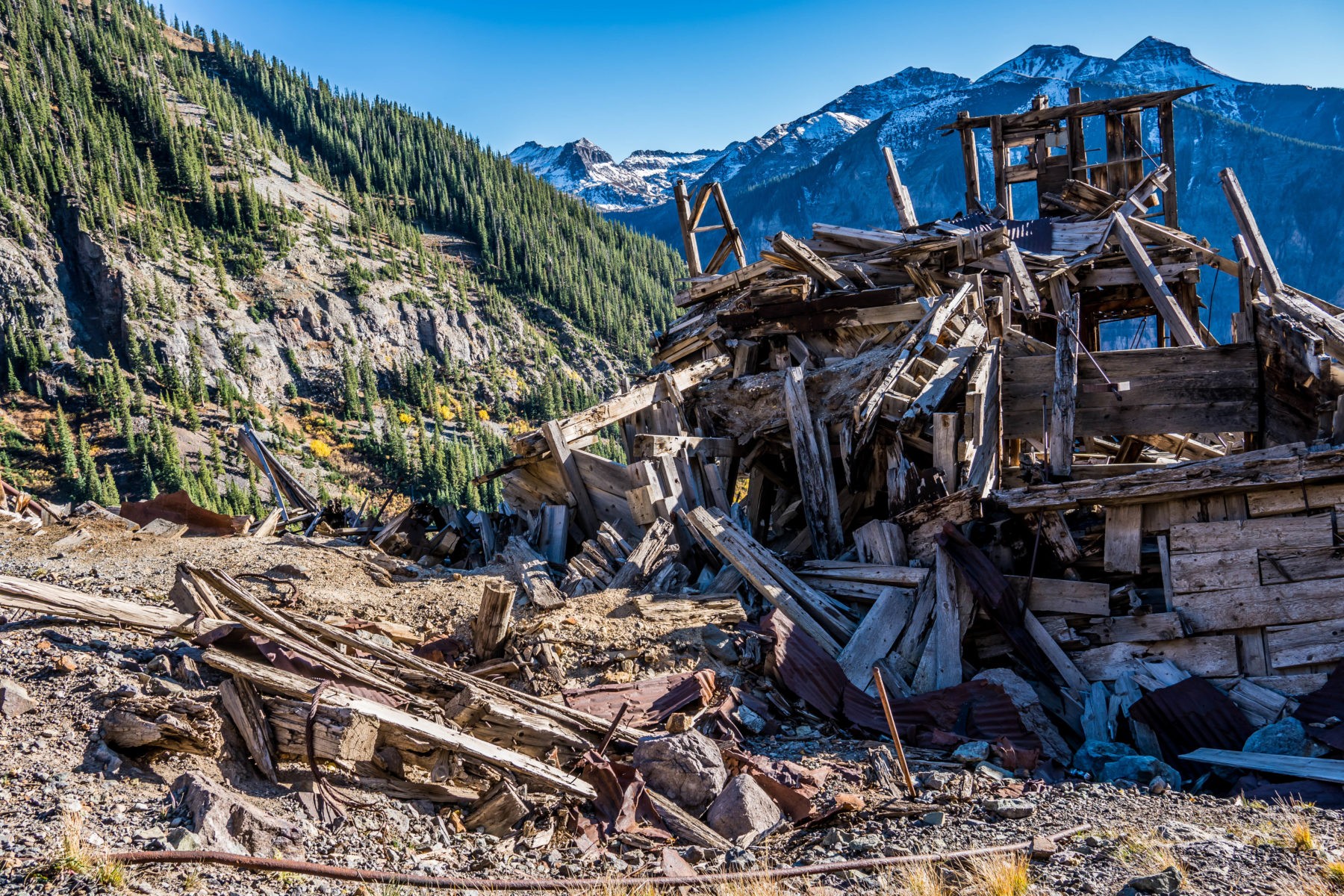
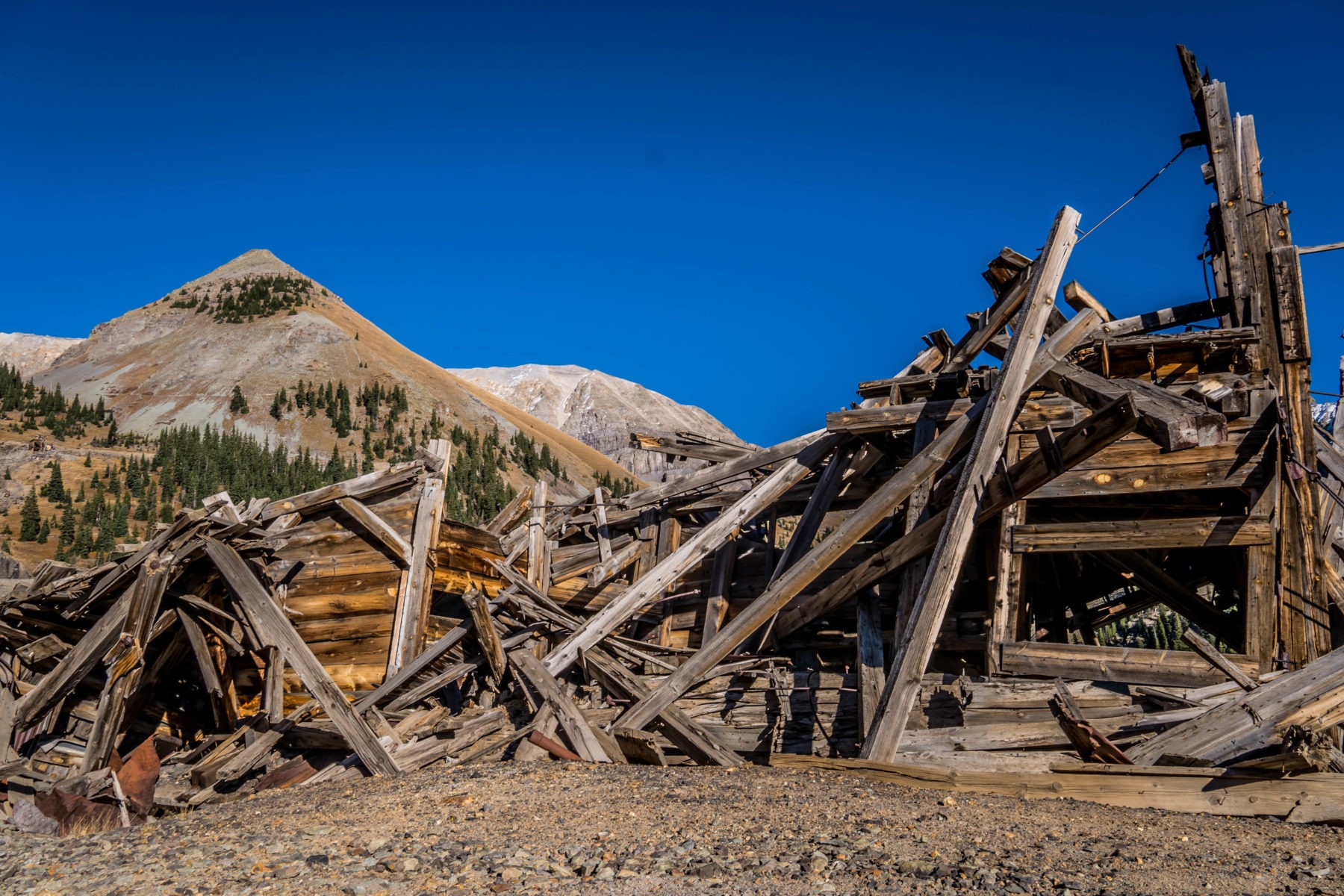
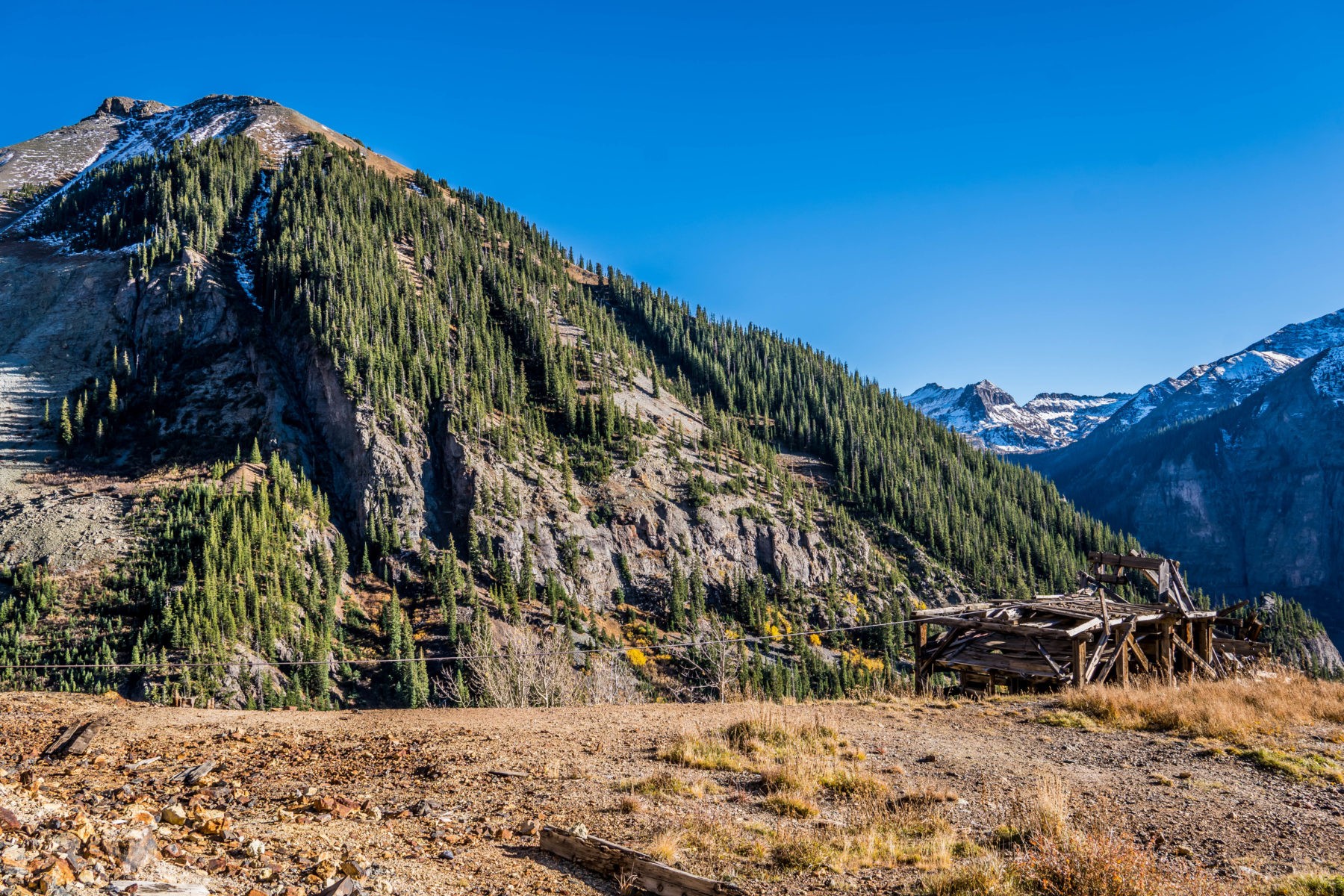

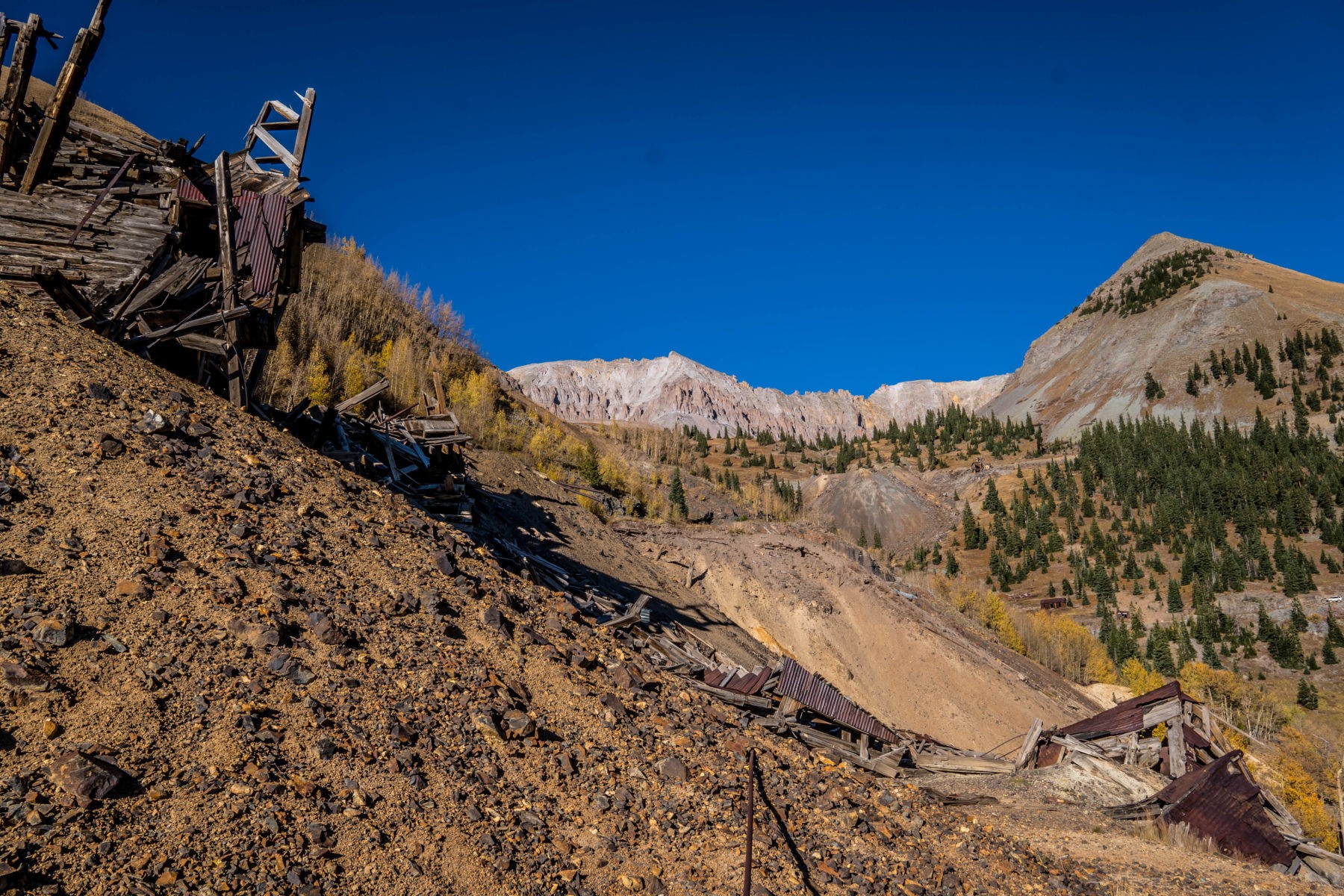

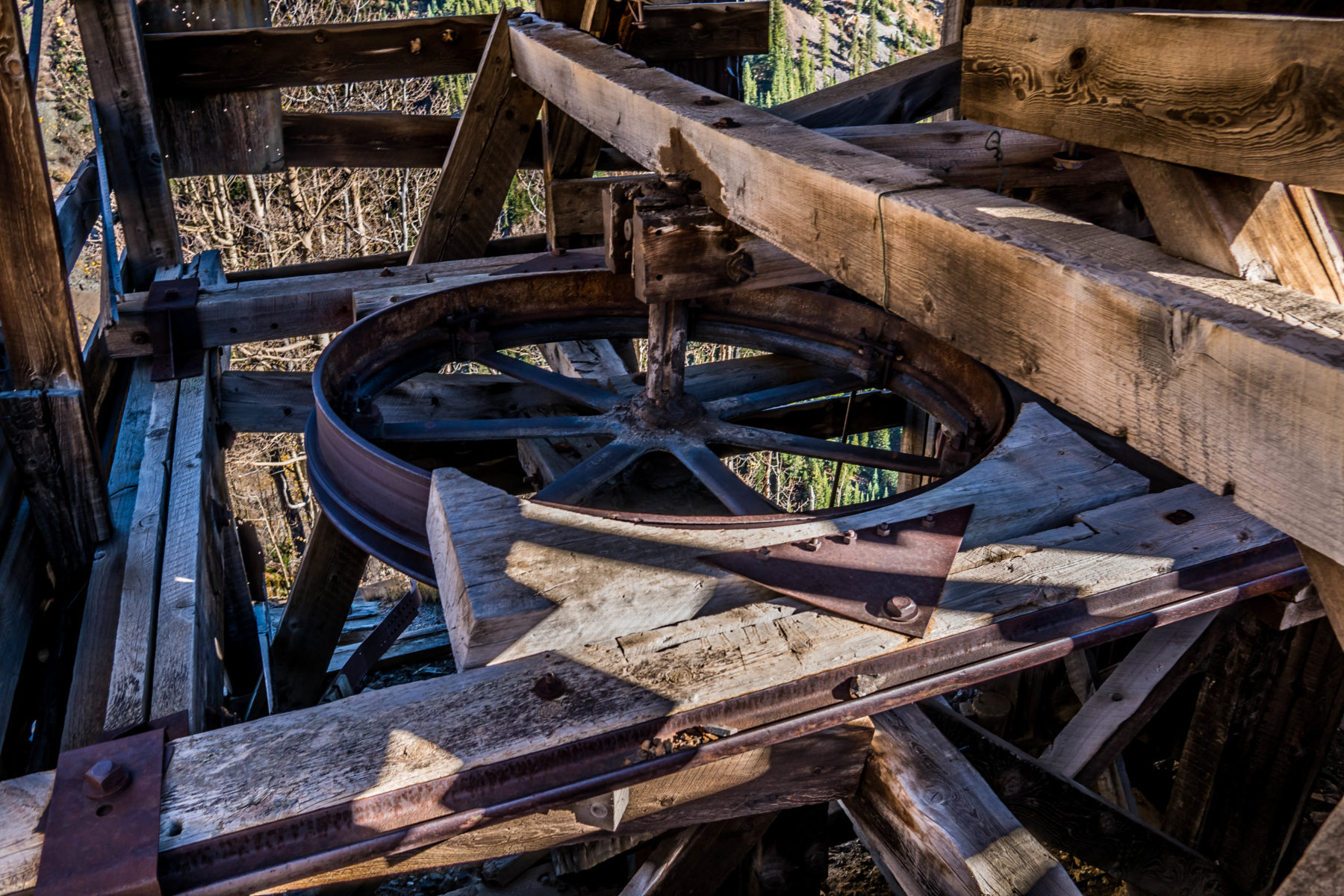
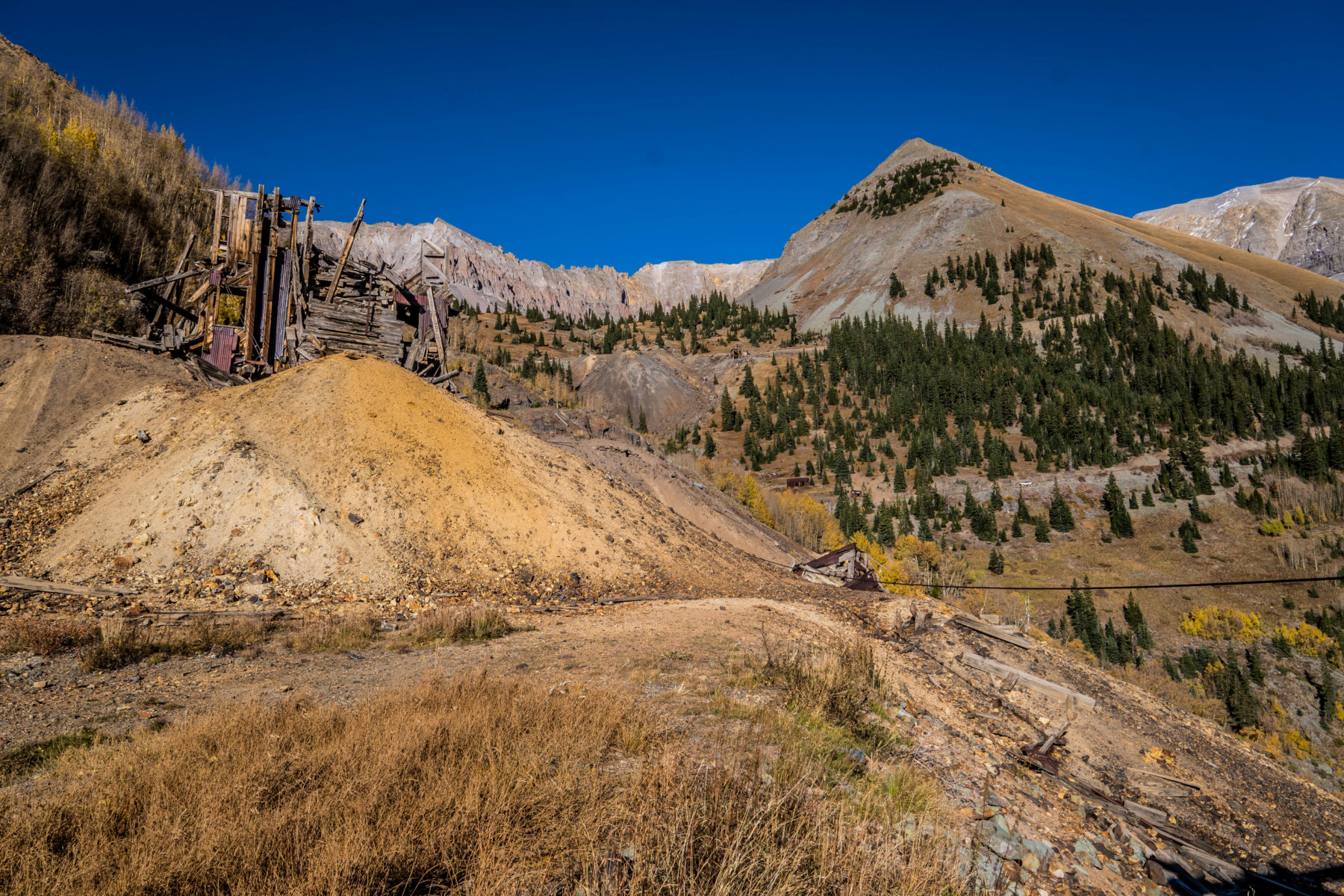
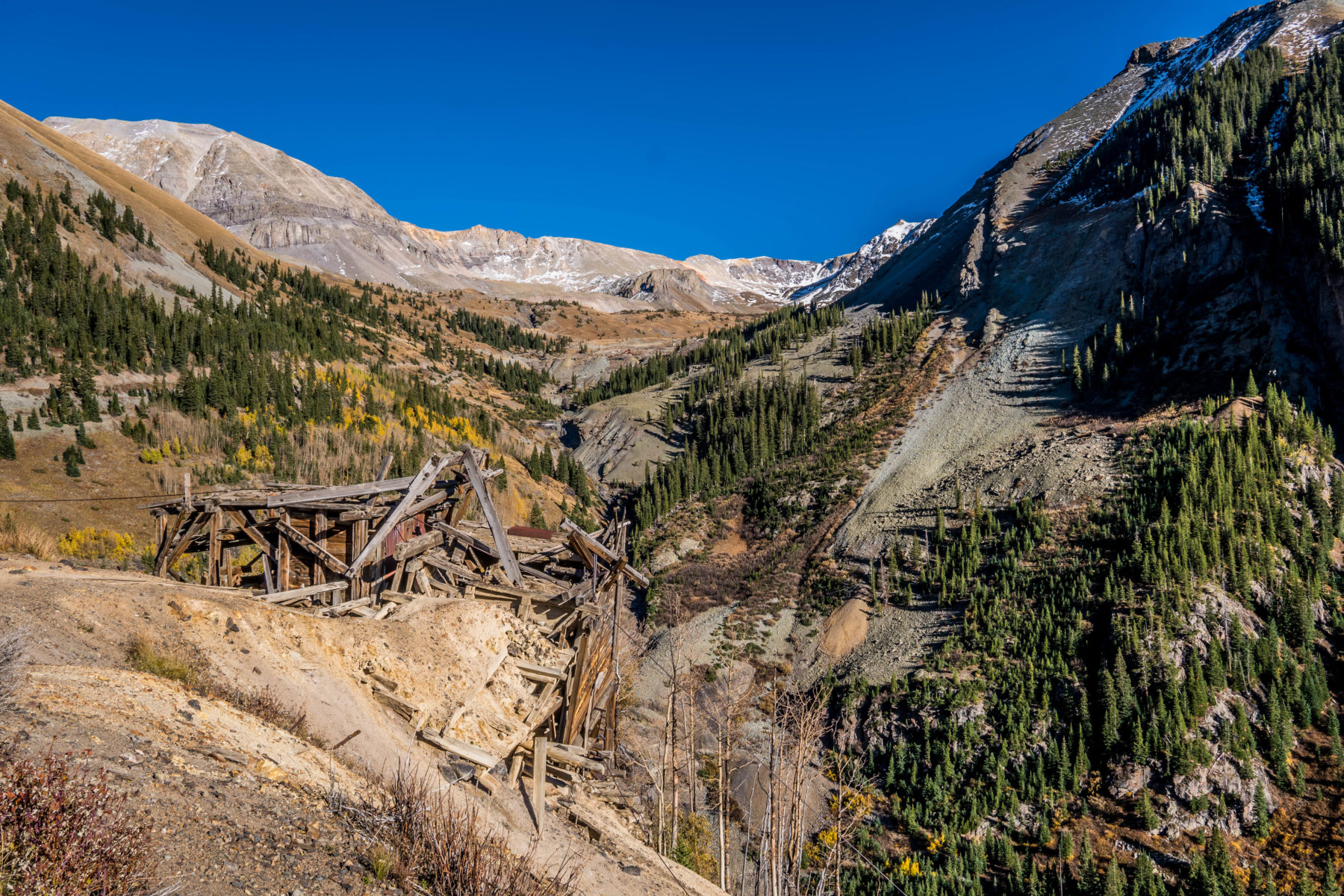
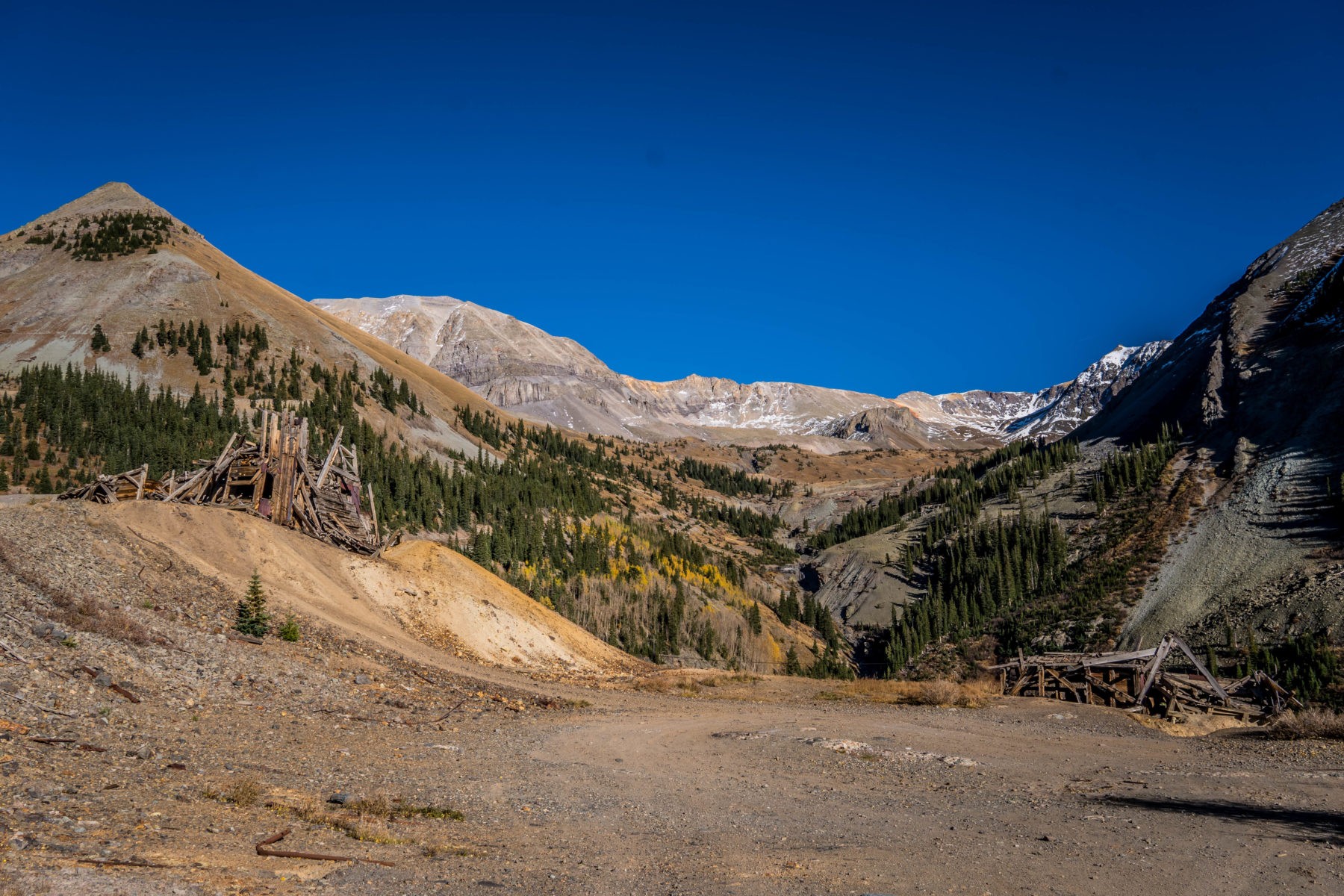
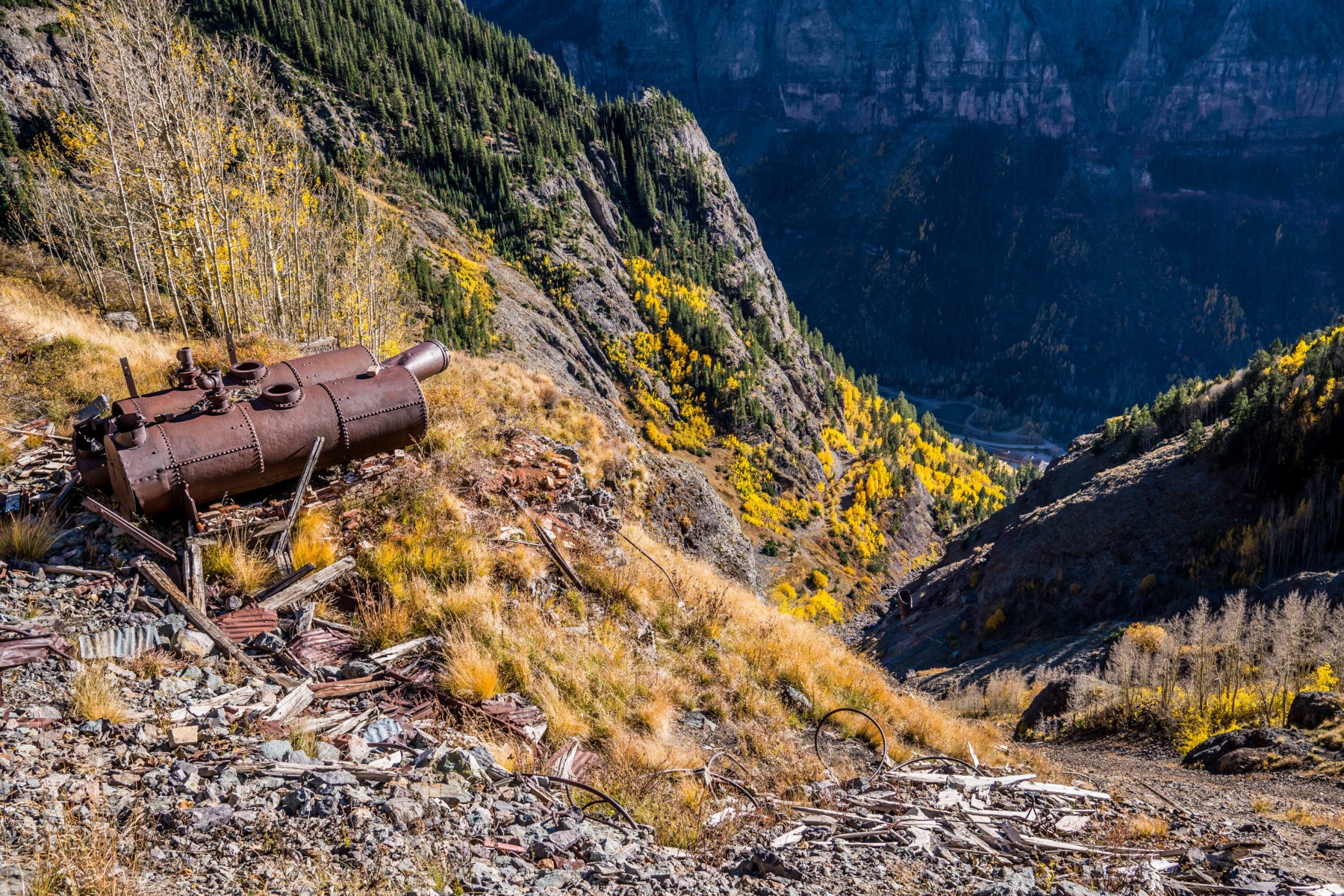
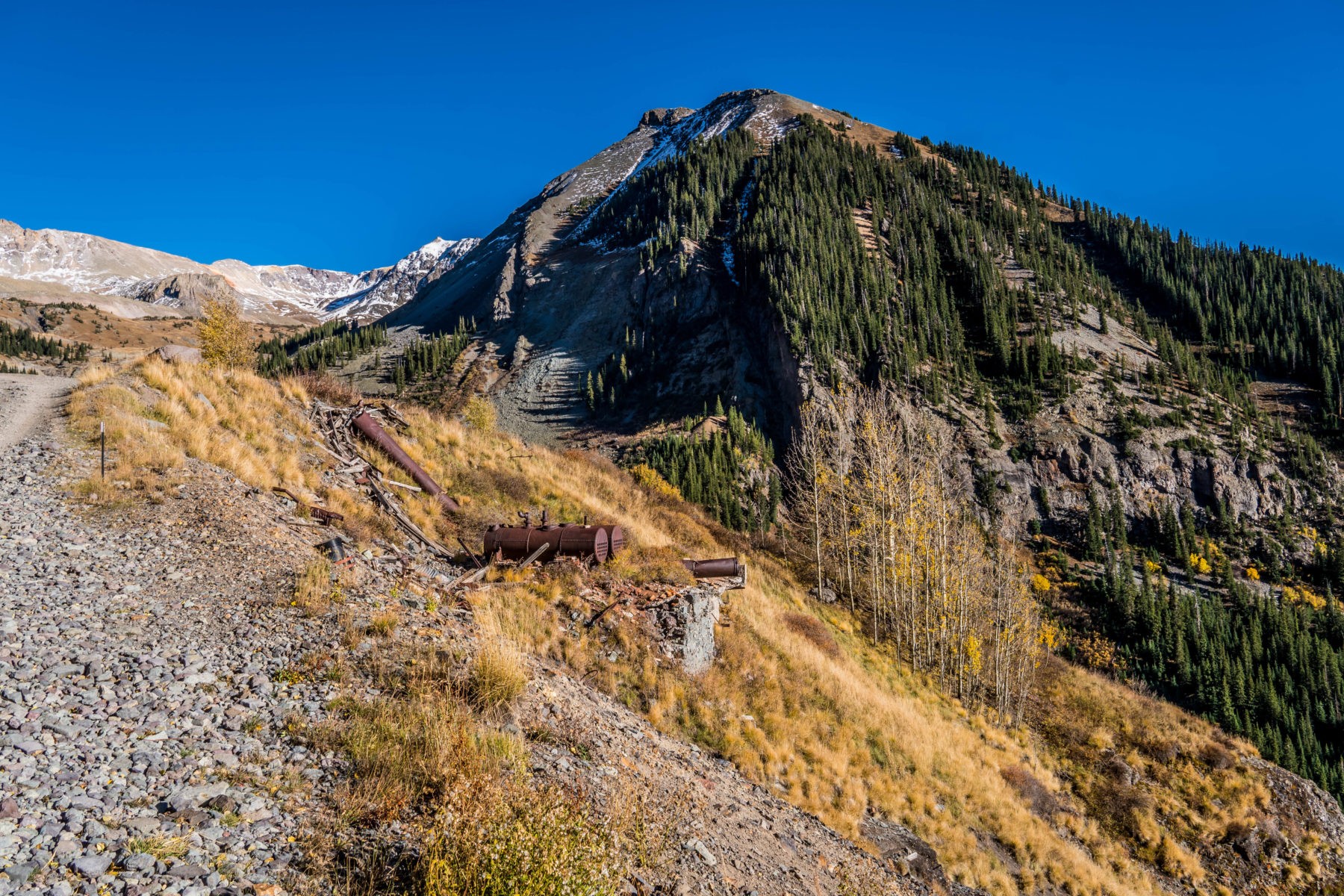
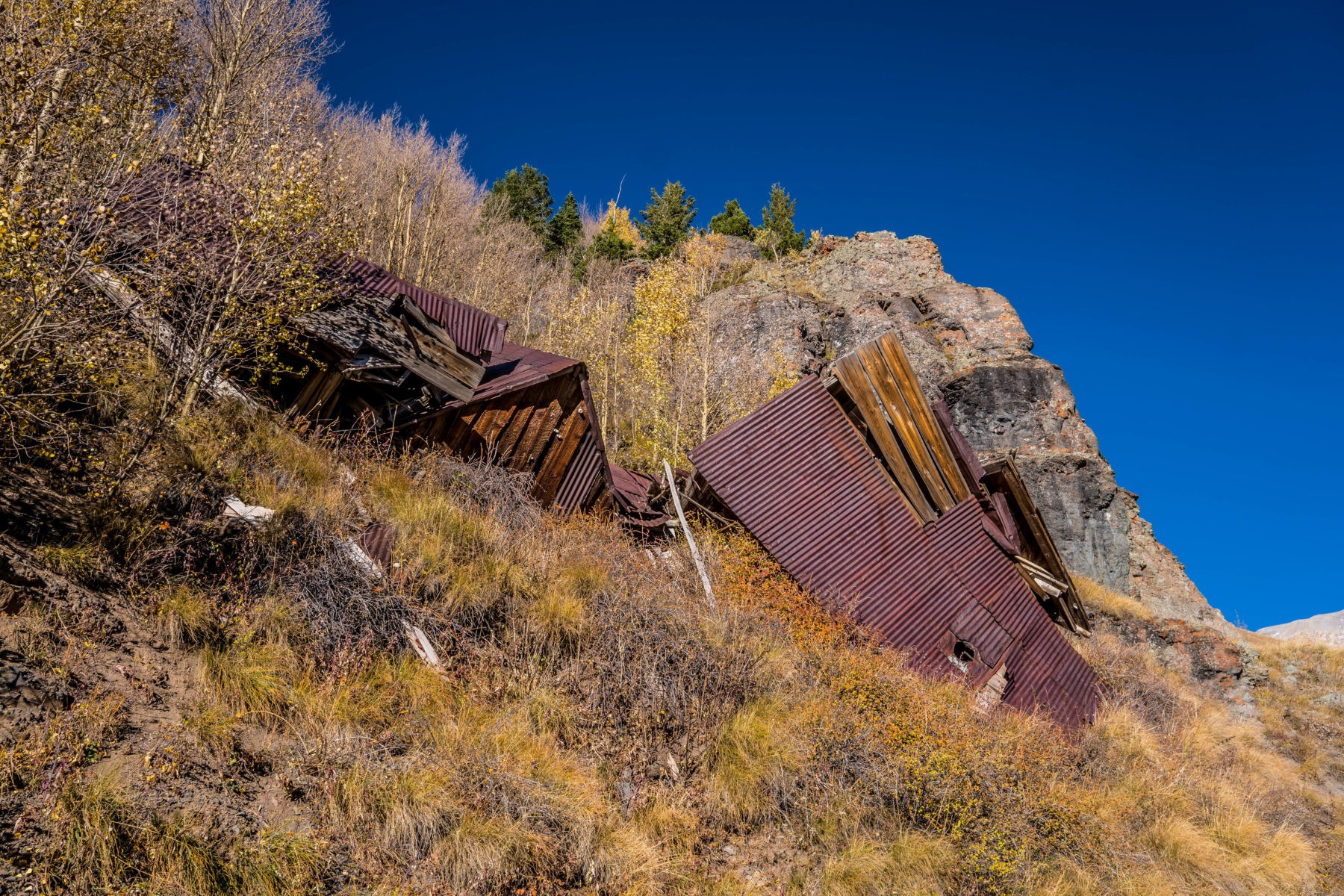
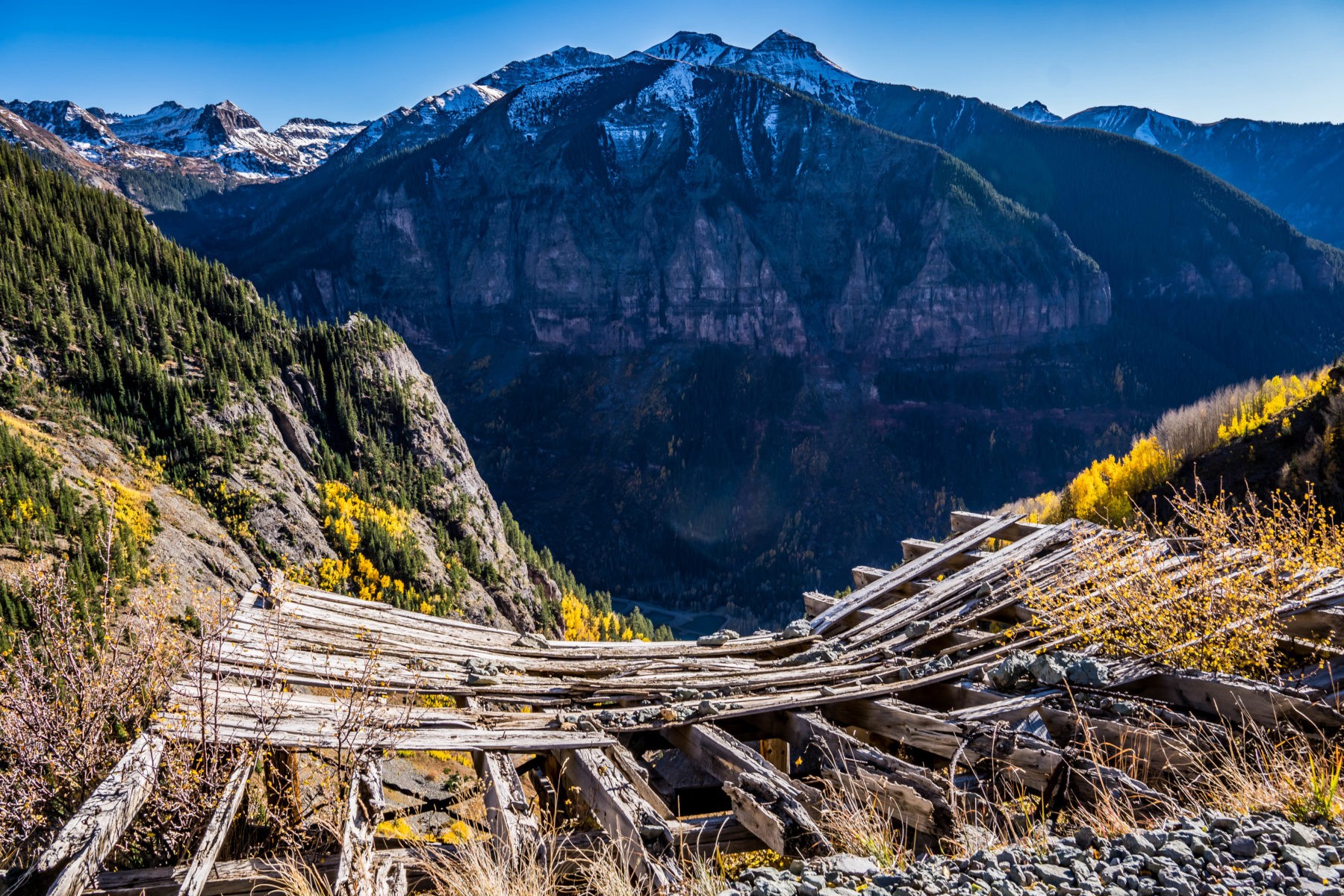
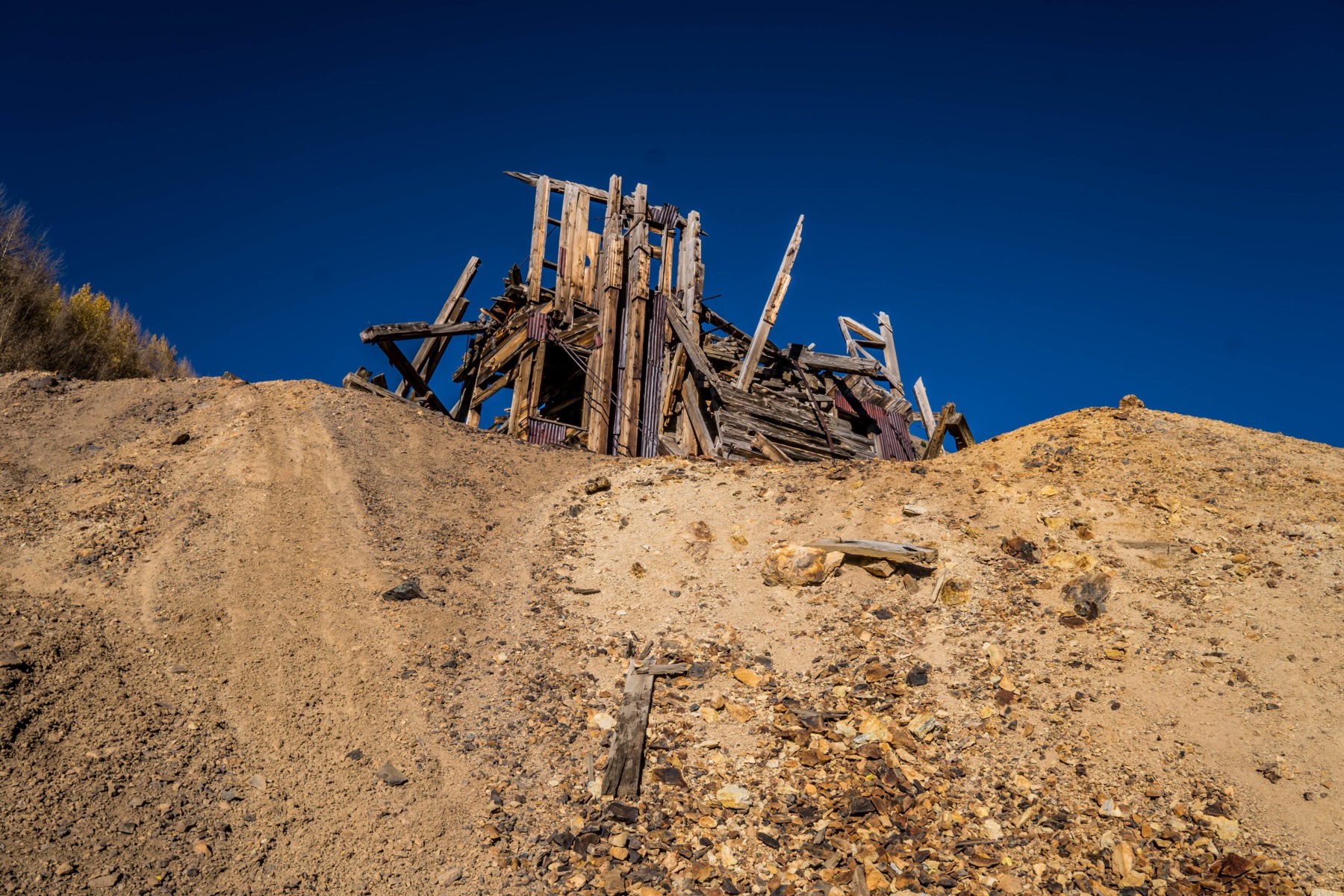
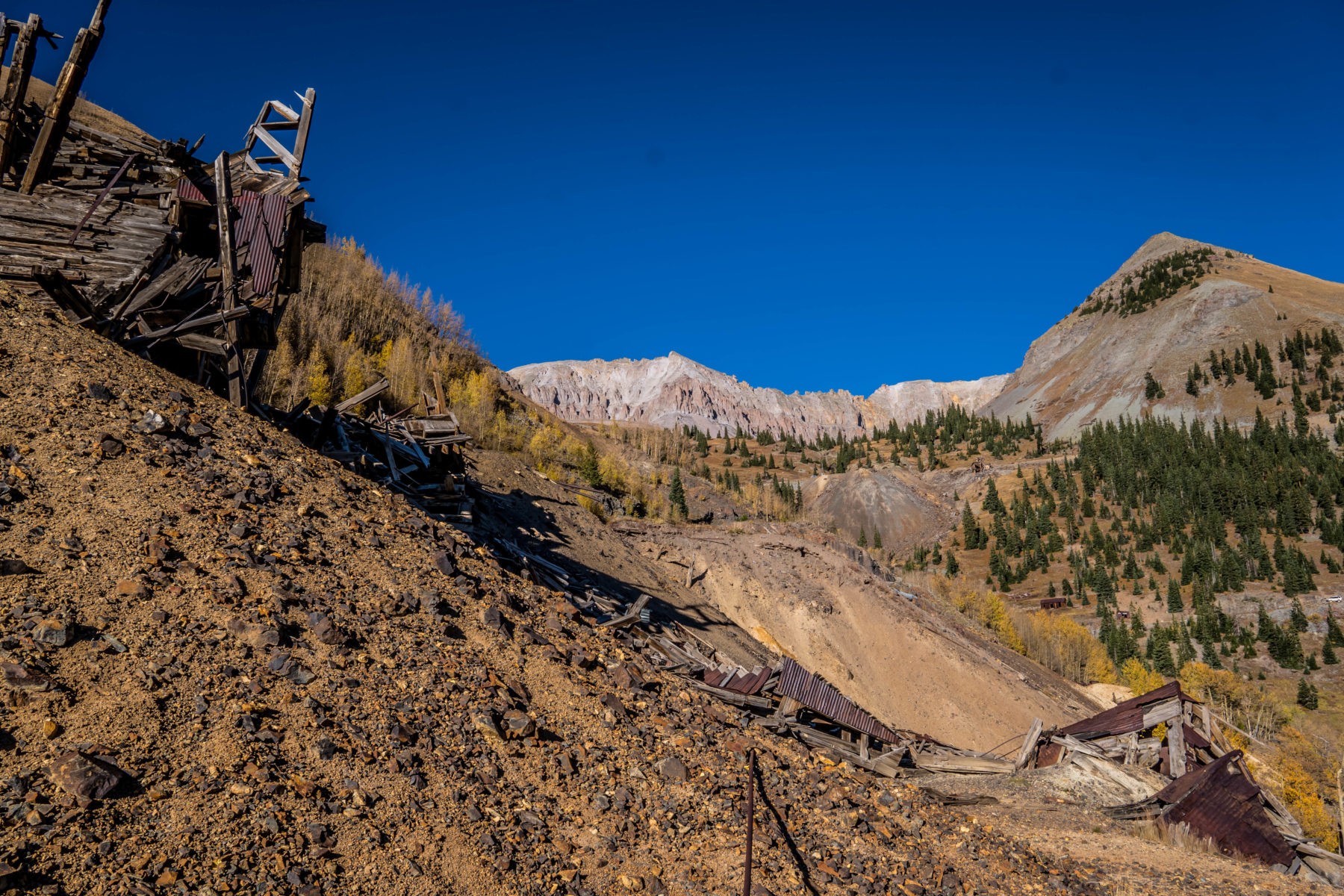
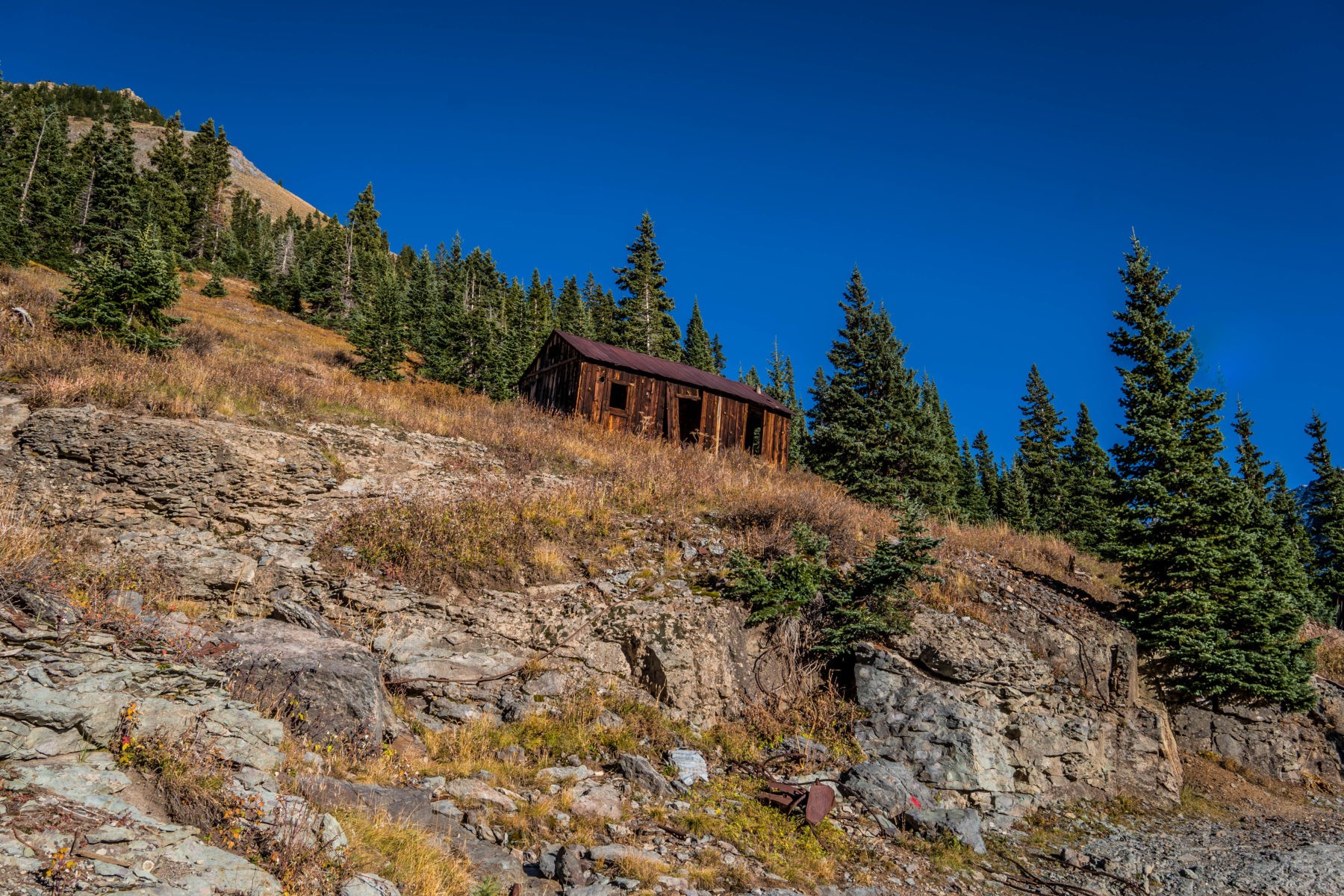
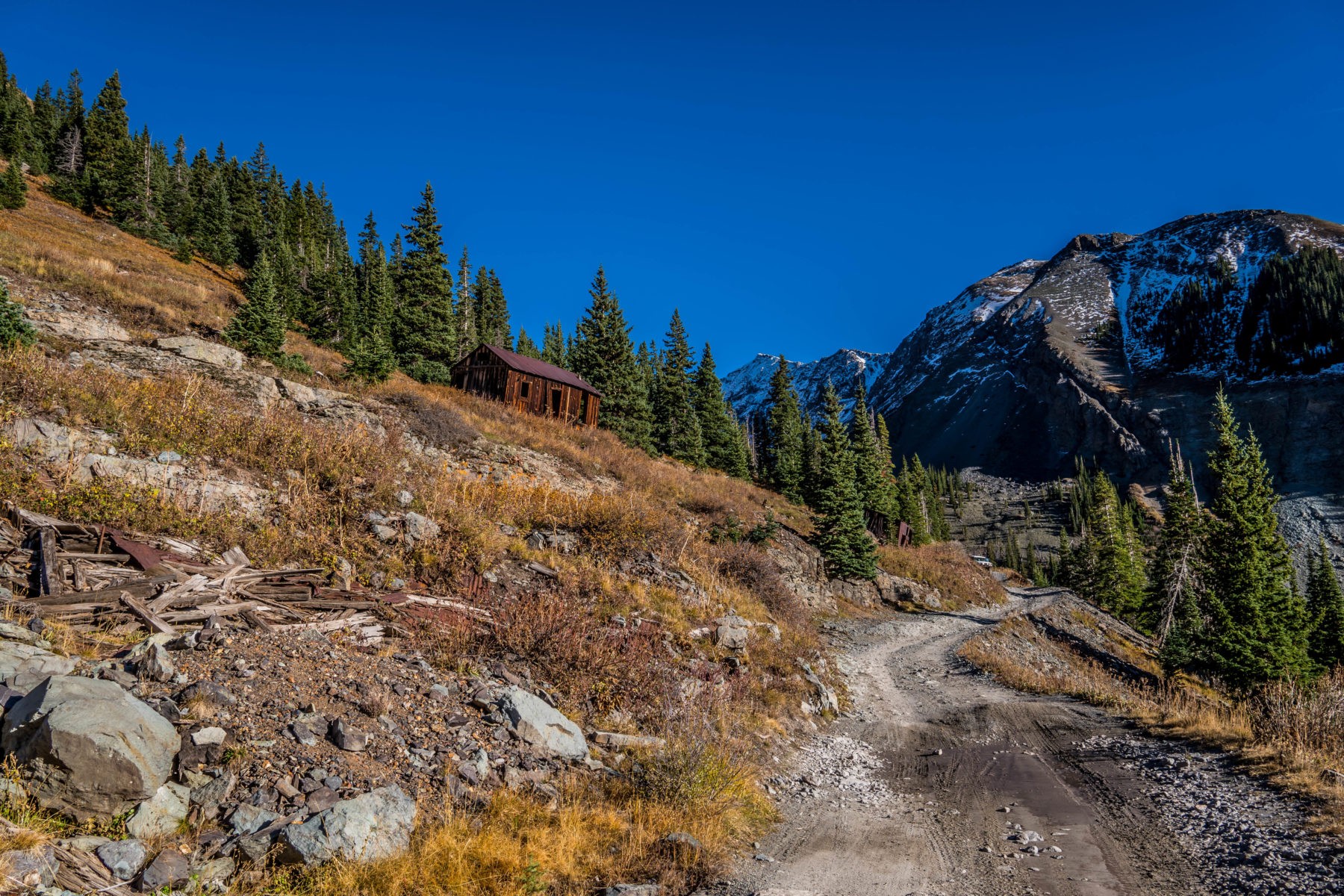
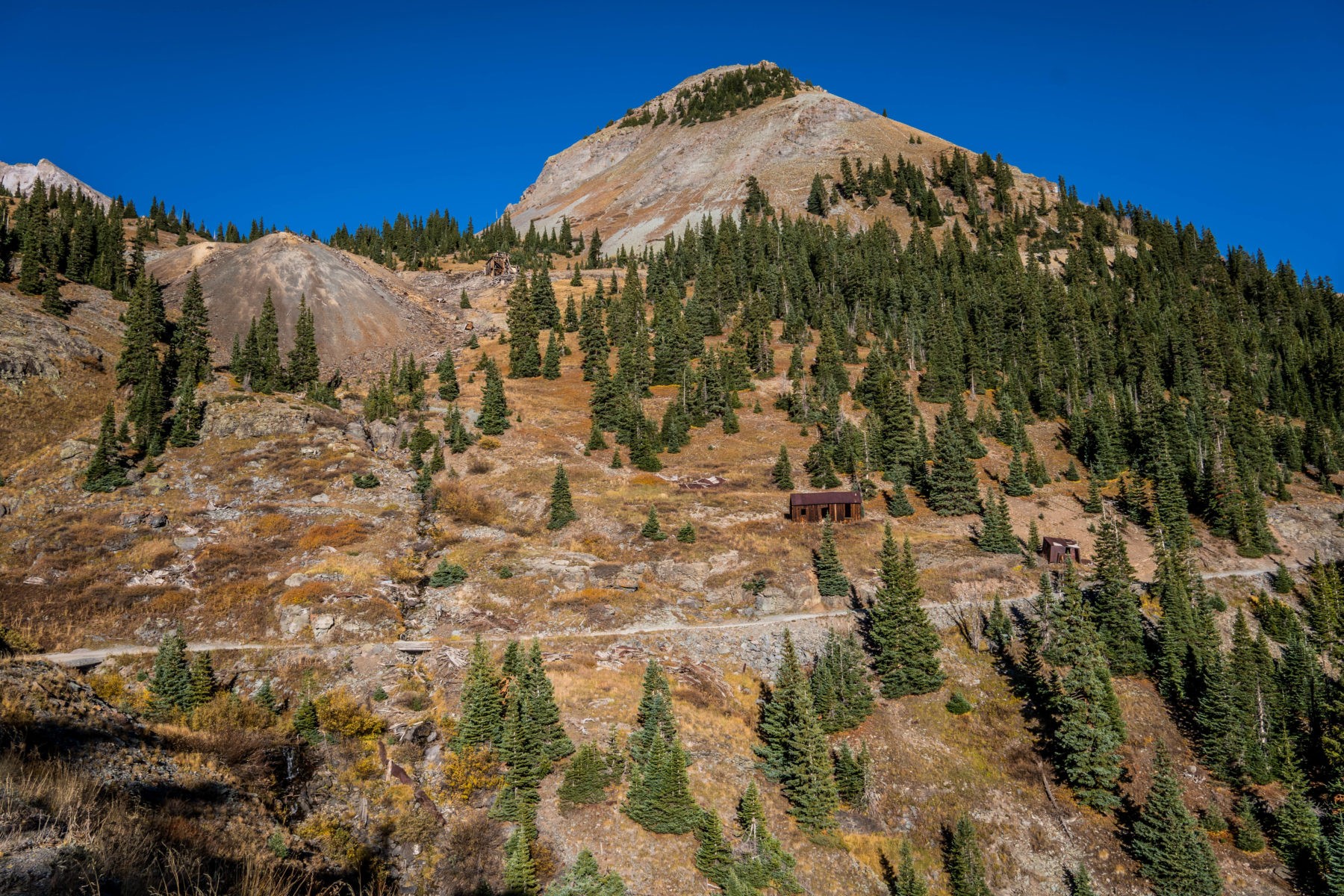



















































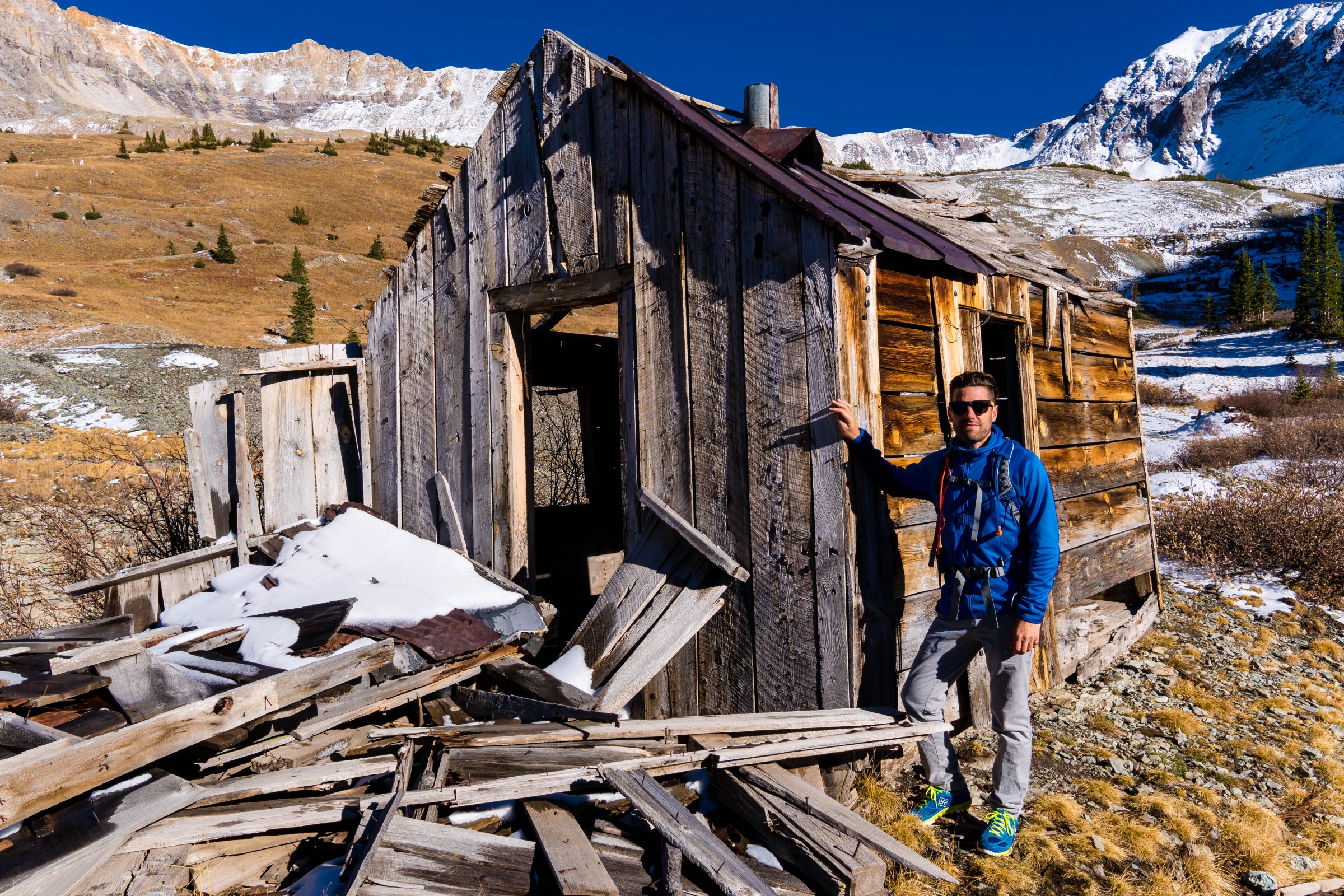













































Great photos and write up! It was good to meet you on your hike up, although I was much happier to be in my Jeep. I am researching mirror-less cameras as I type this, HAHA. Tomboy was covered in show when were there, just an hour before you. Would love to get back and explore it more.
Hi Matt! We still had snow everywhere up there…but it was light enough at that point to get some beautiful contract in the photos!
Here are my recommendations for a travel camera (The Best Travel Camera Under $1000), if you end up buying a camera on Amazon, please click through that post first so they give me credit! Helps me maintain the blog and my travels 🙂
See you in Arizona!